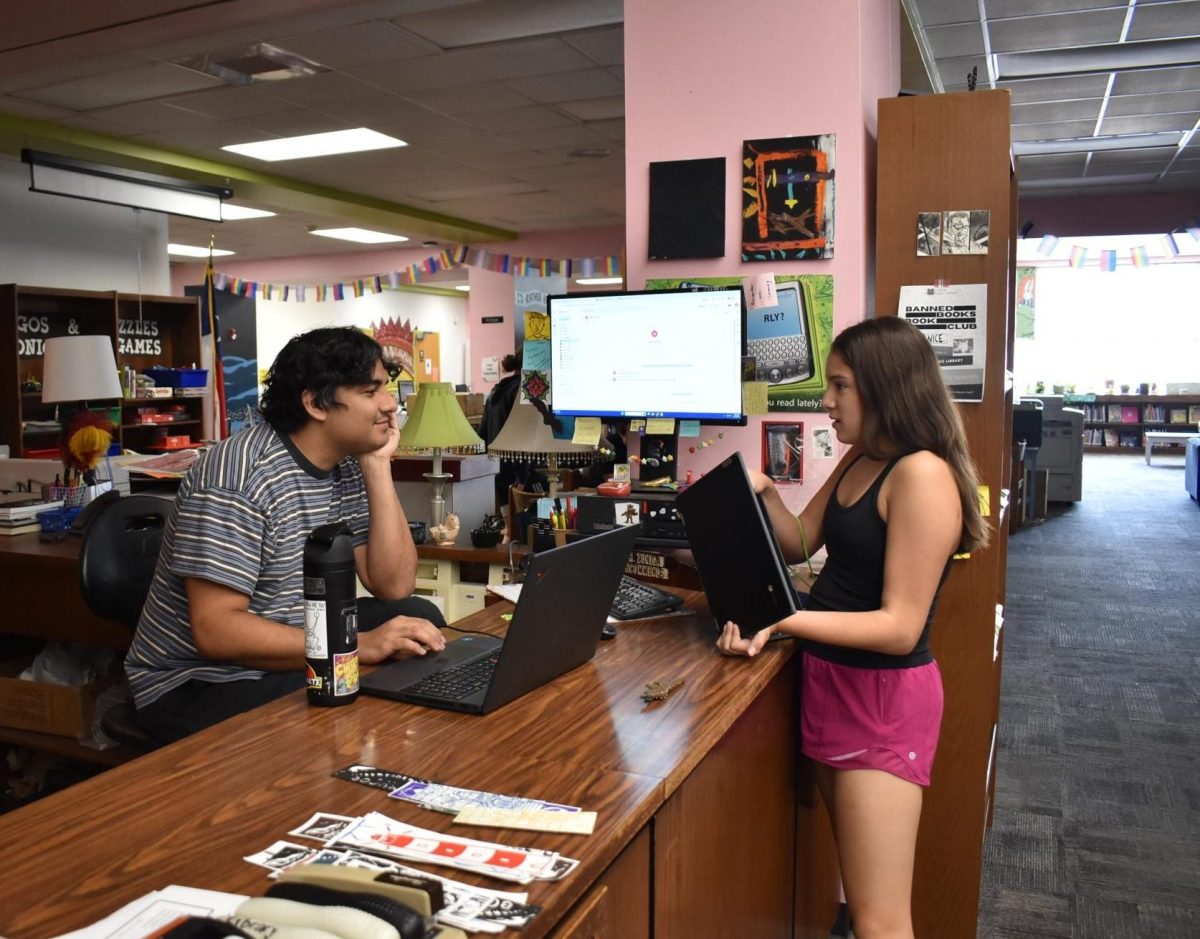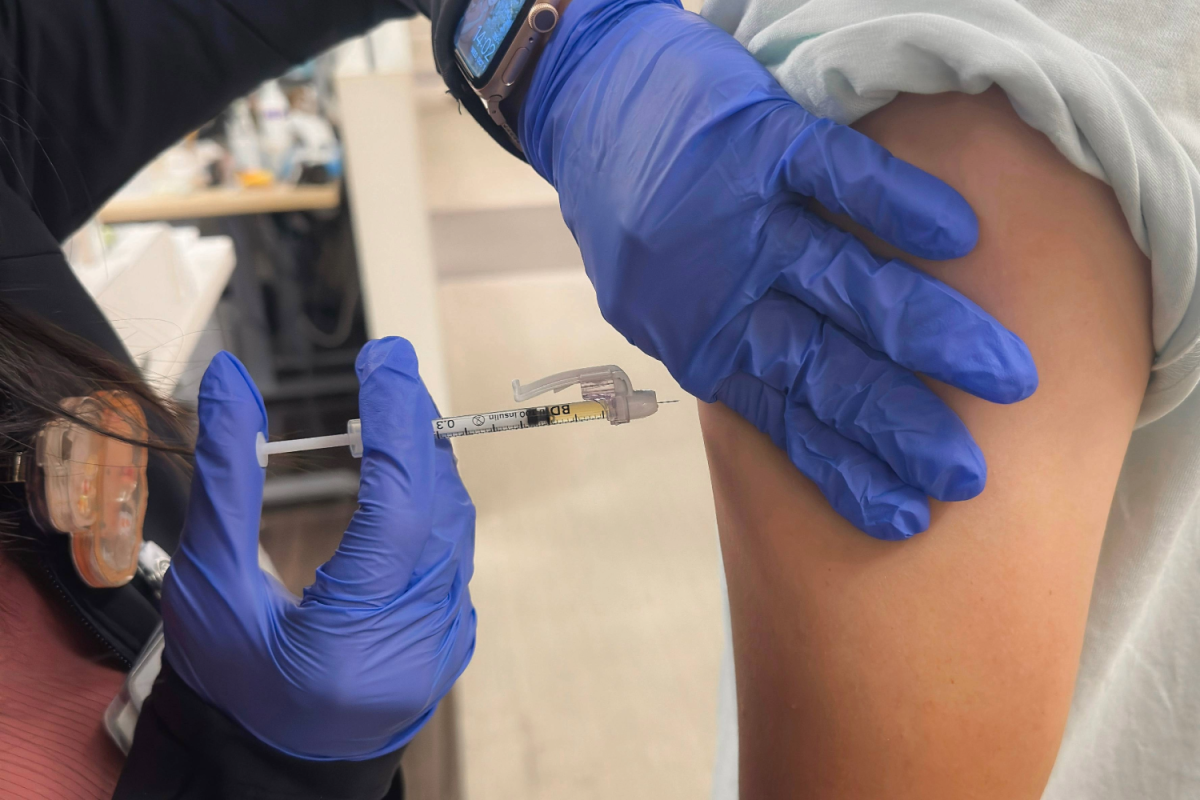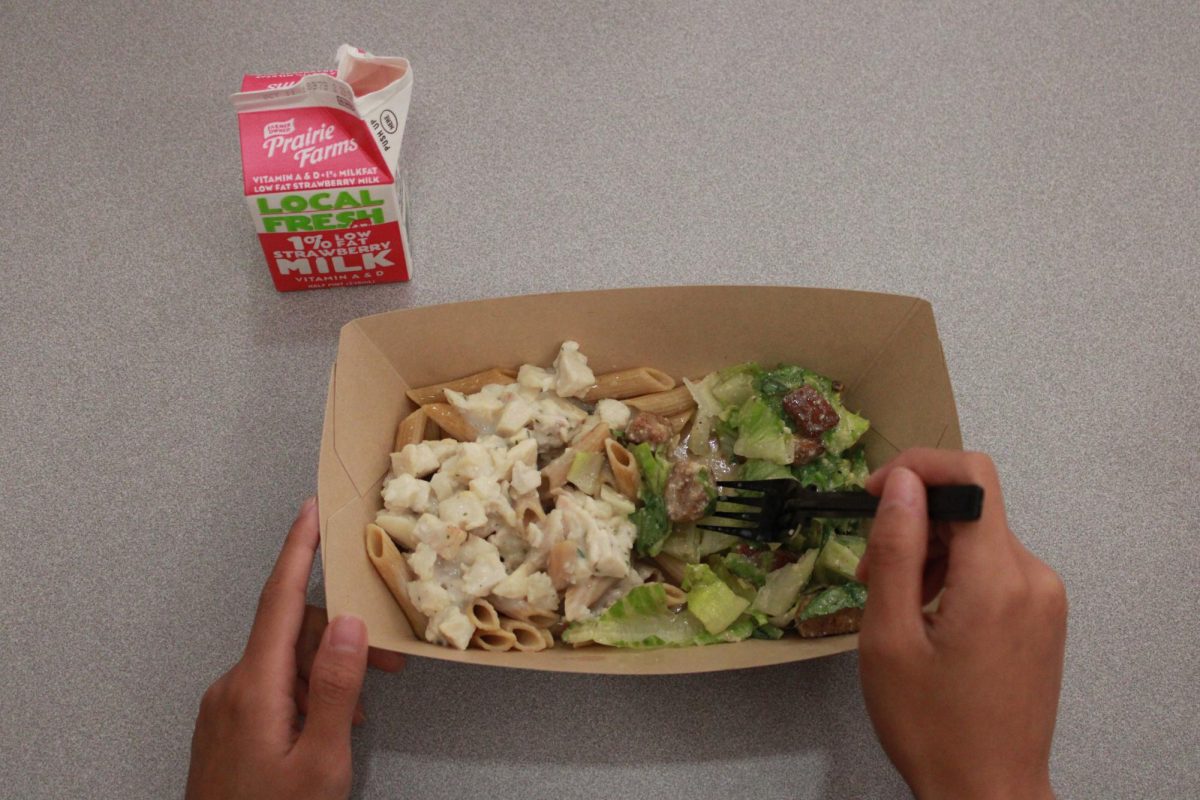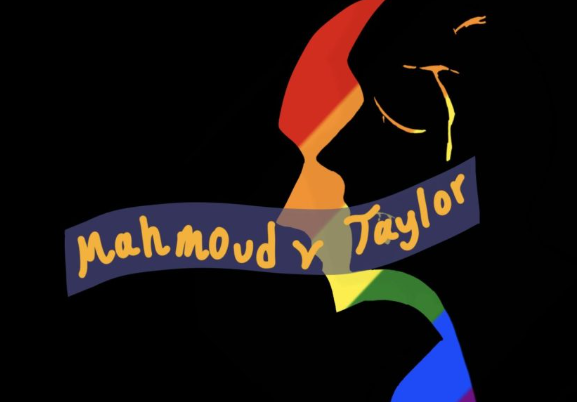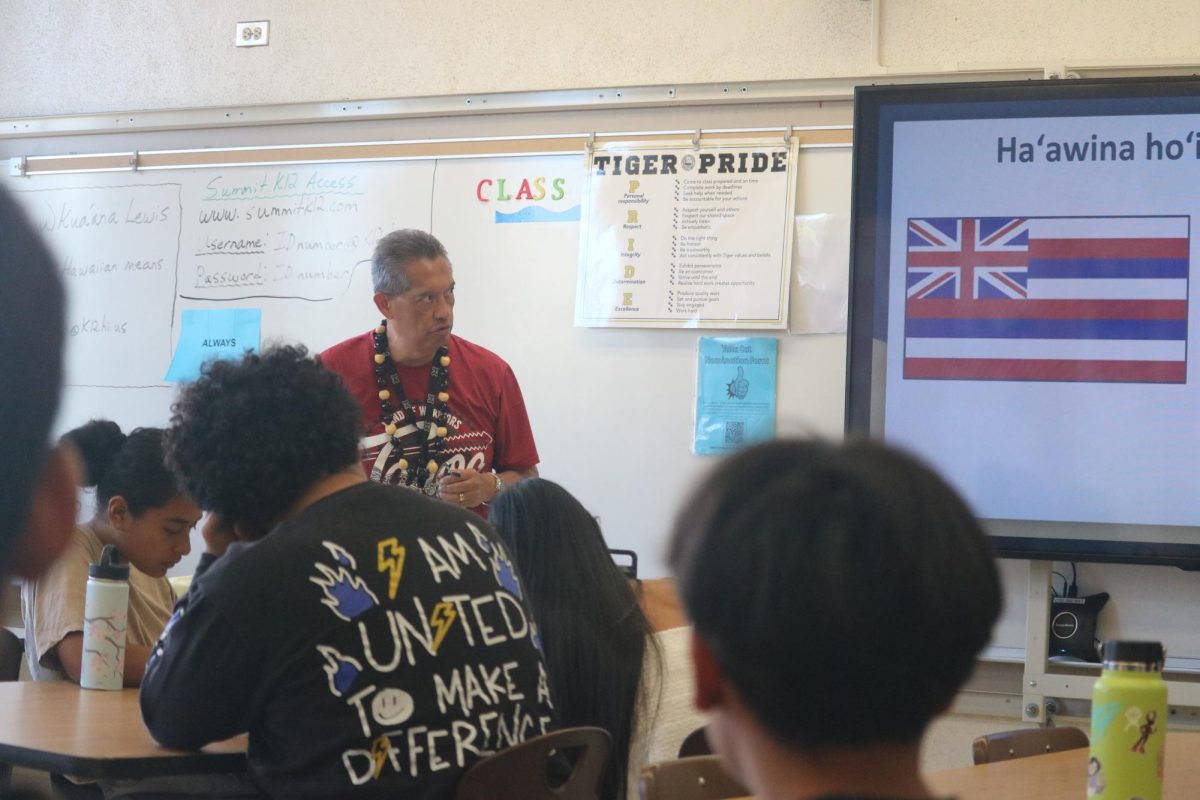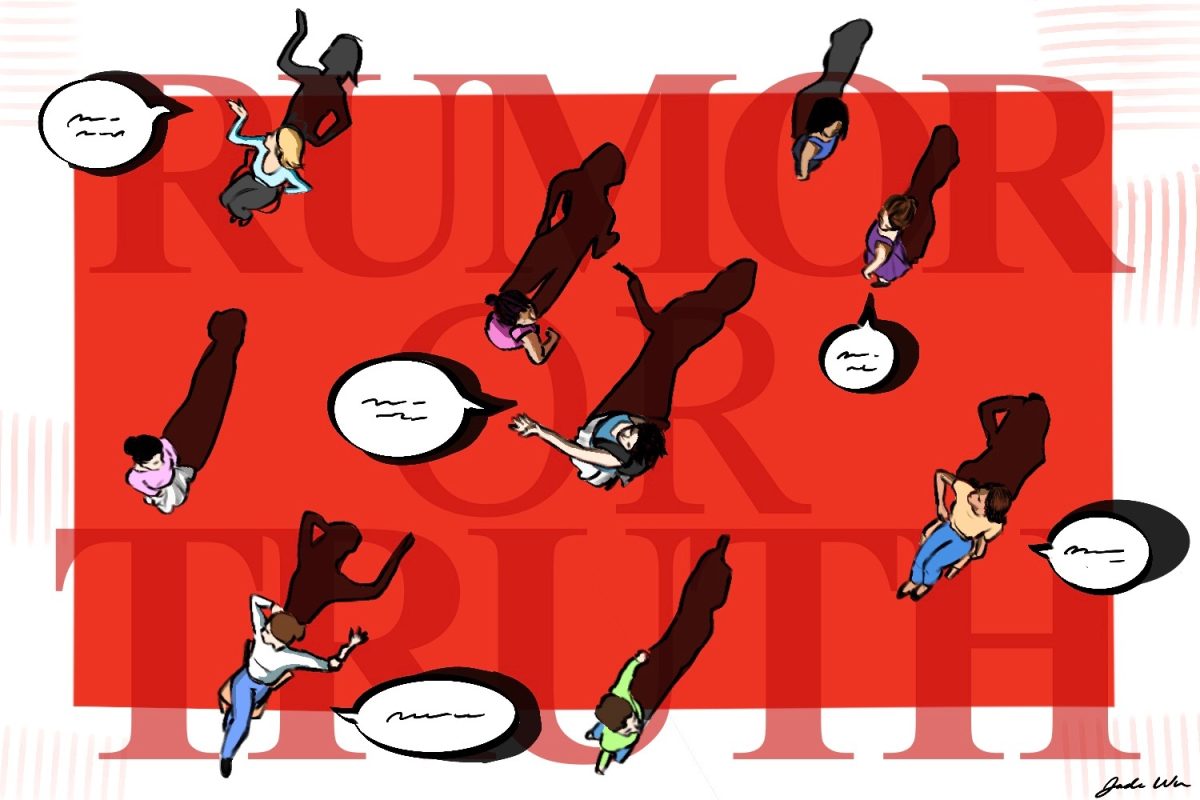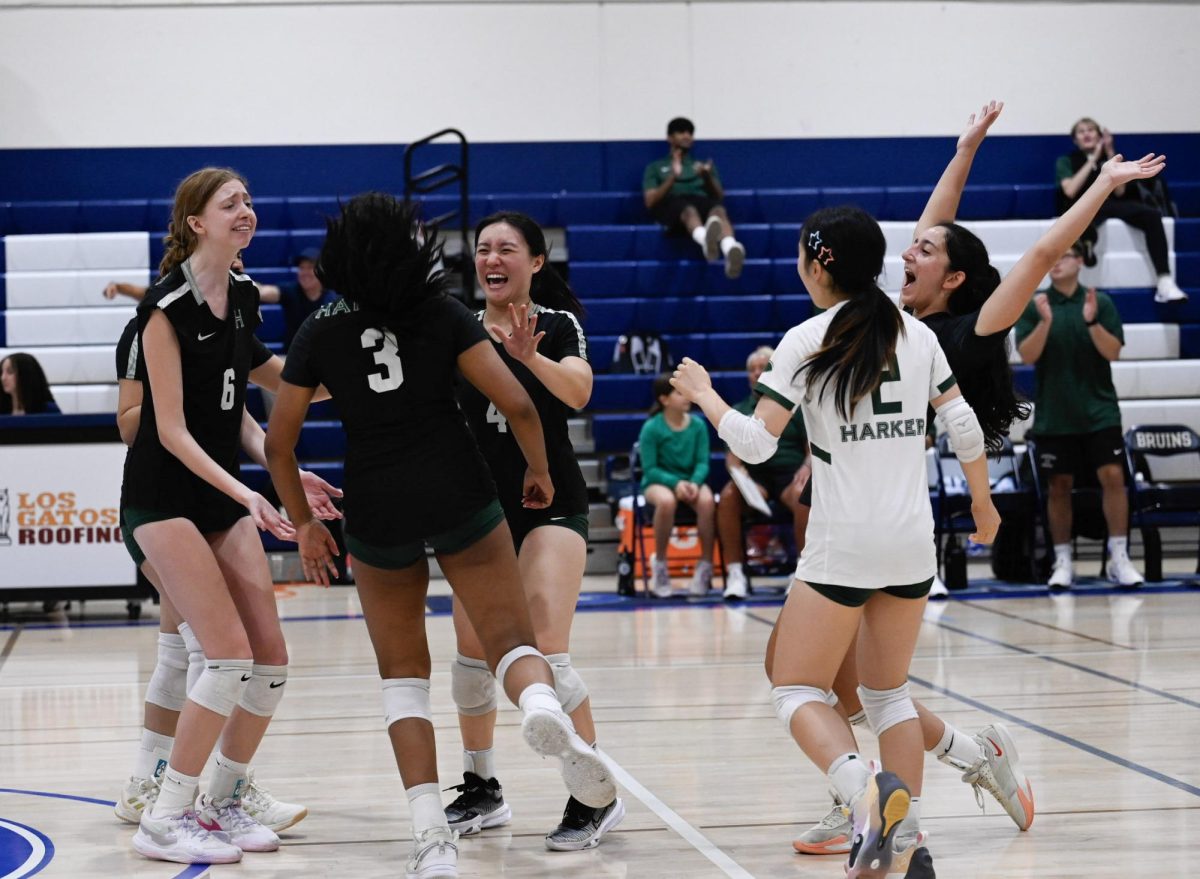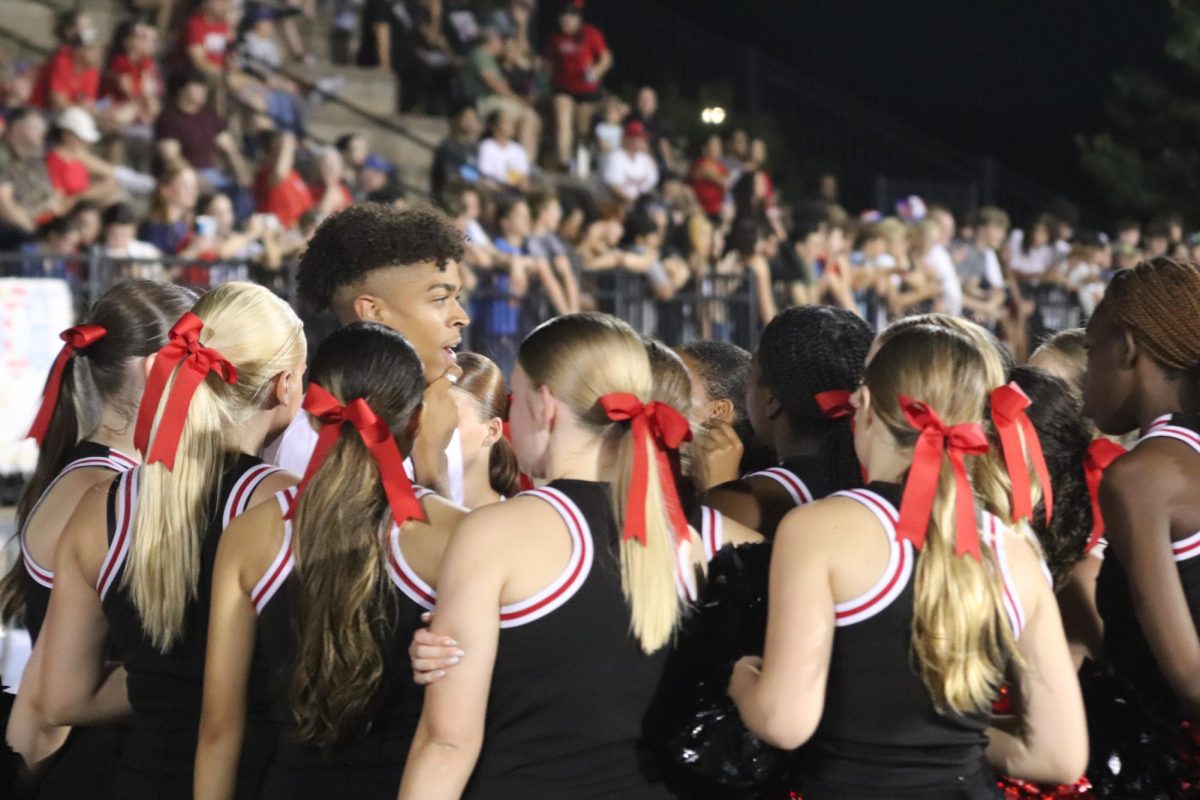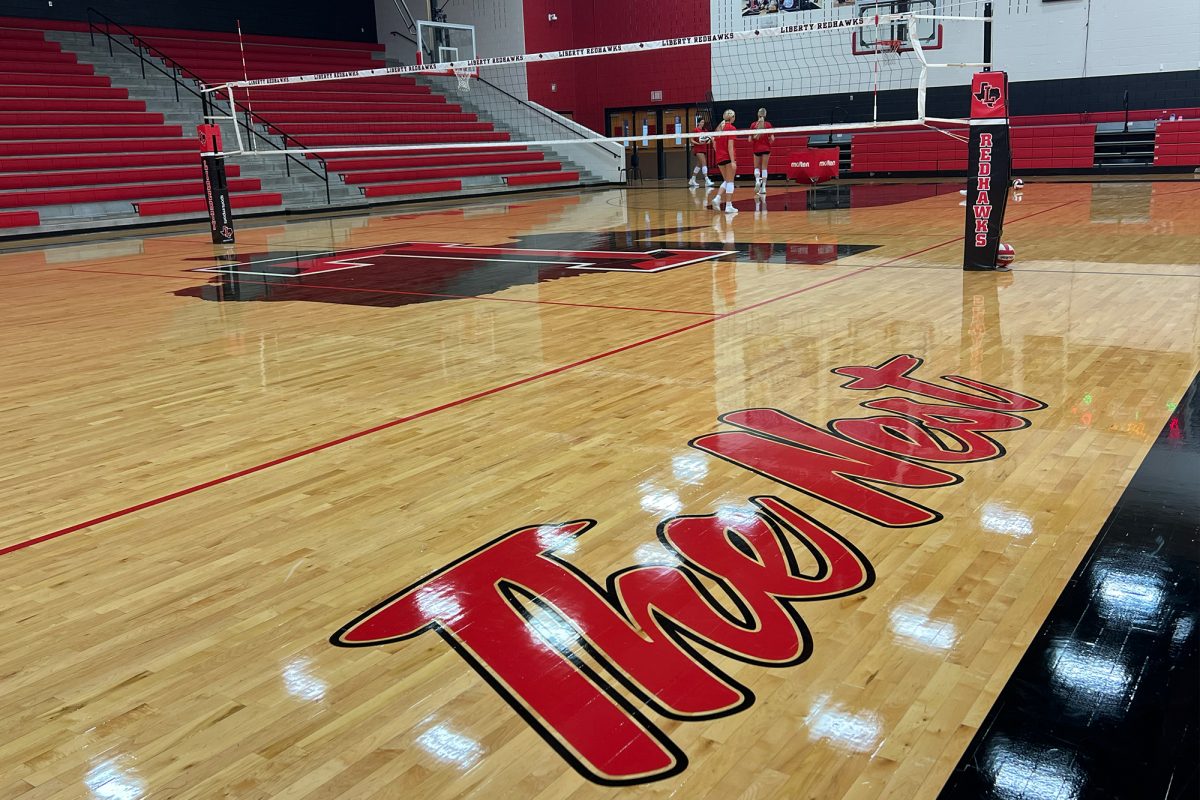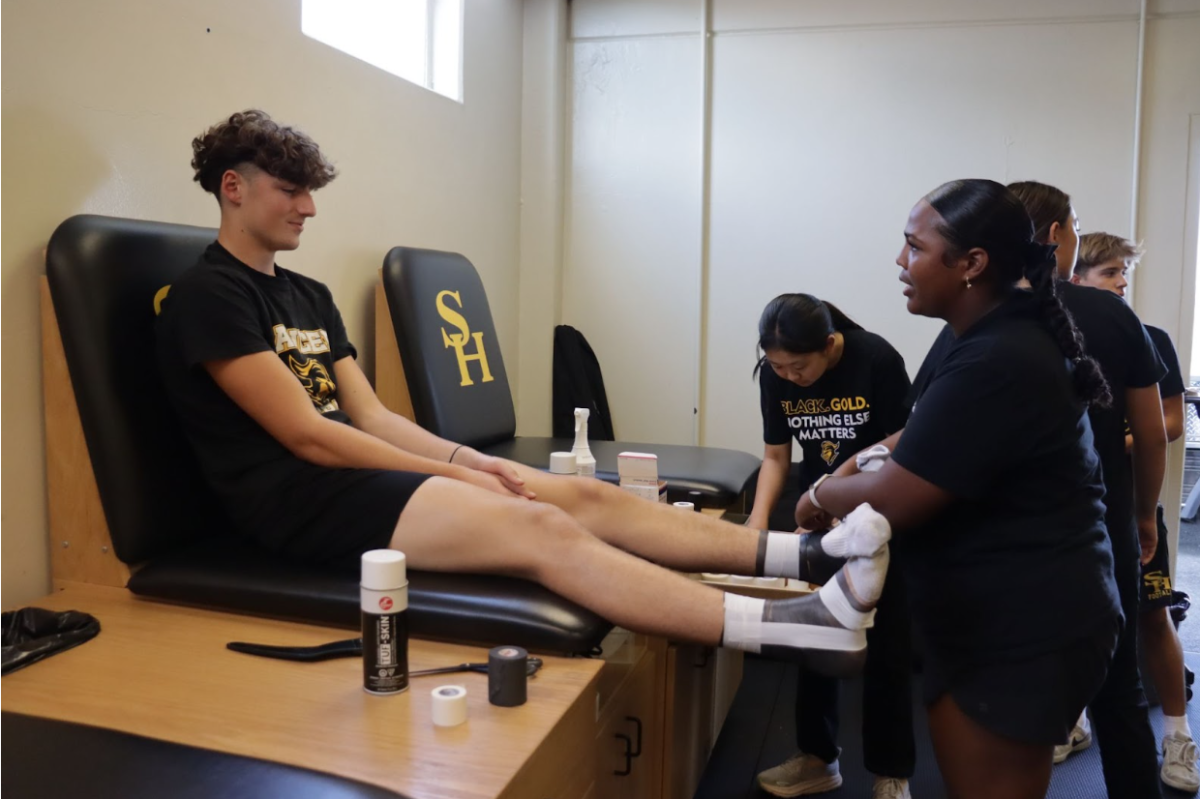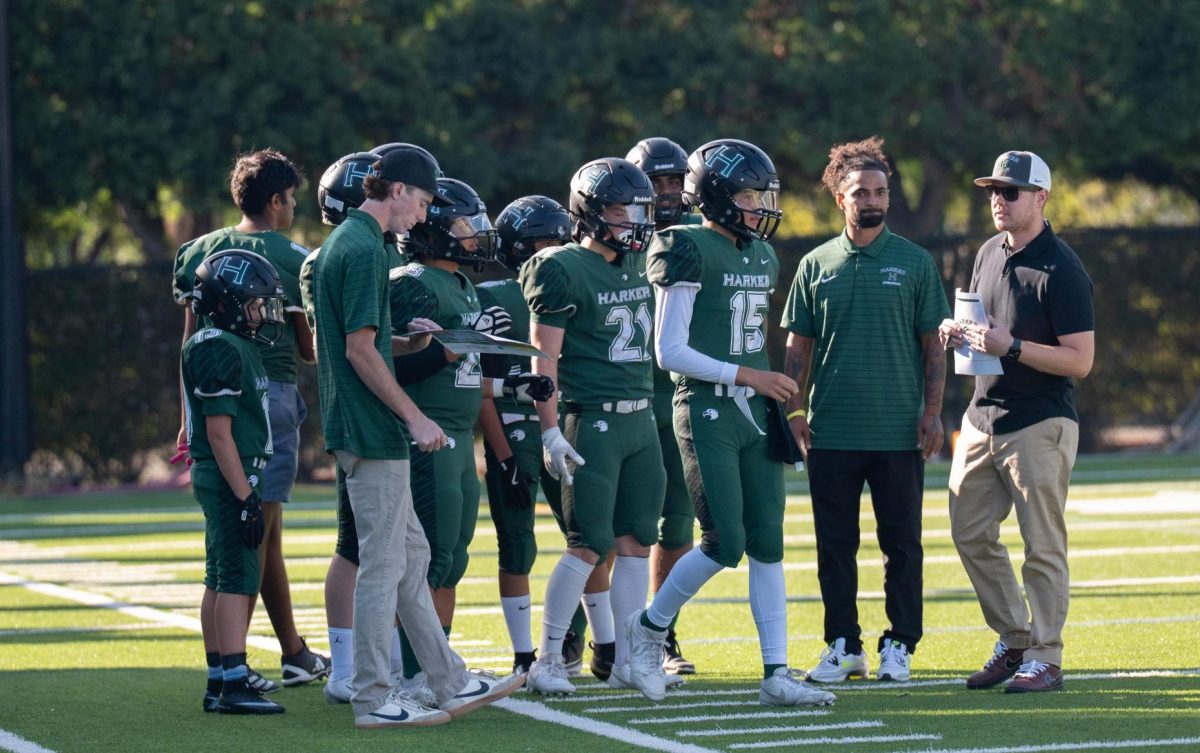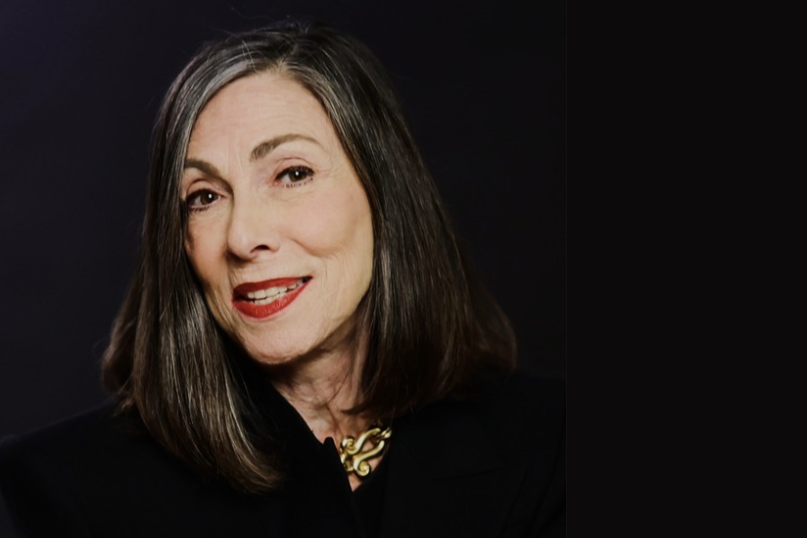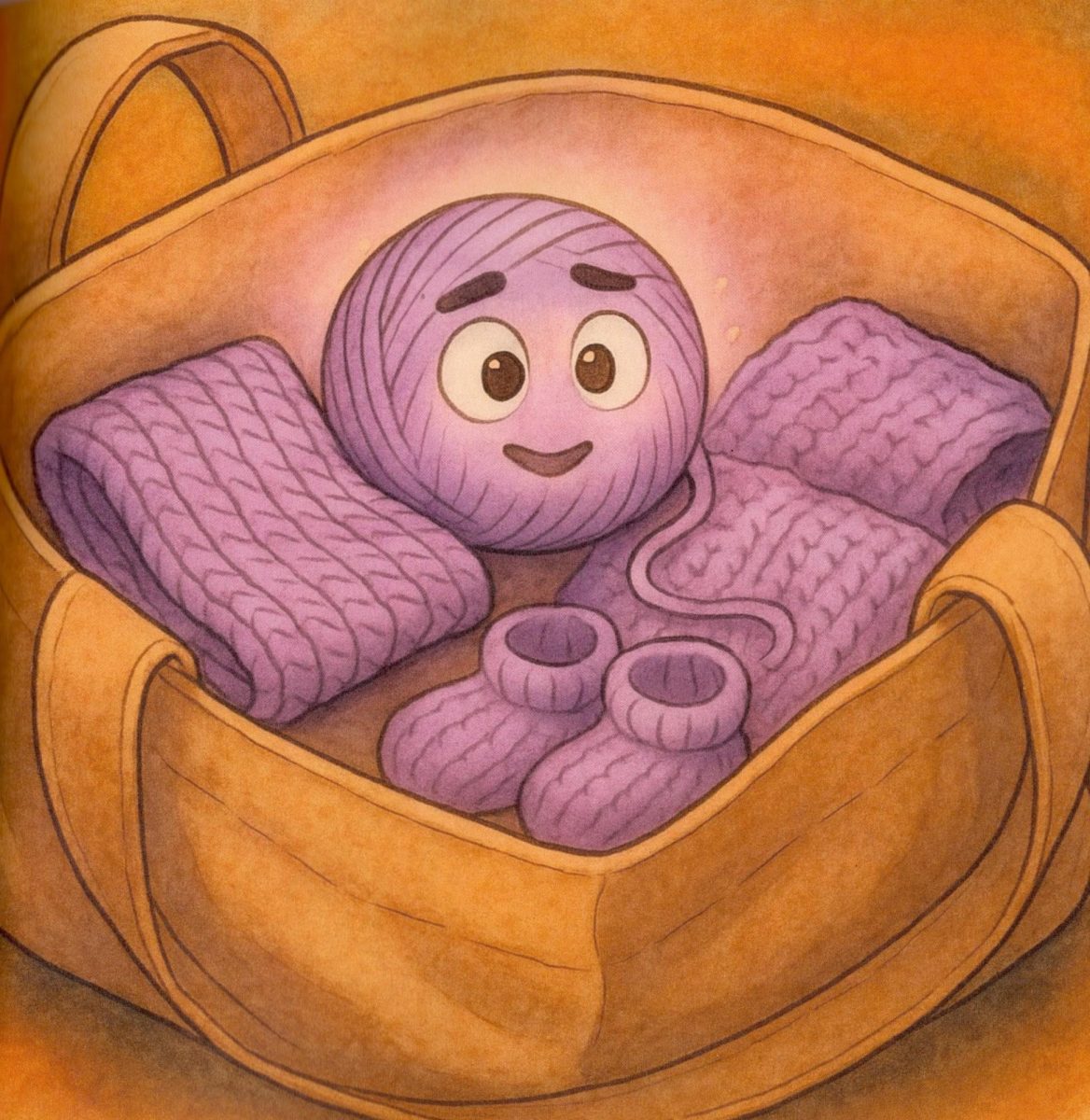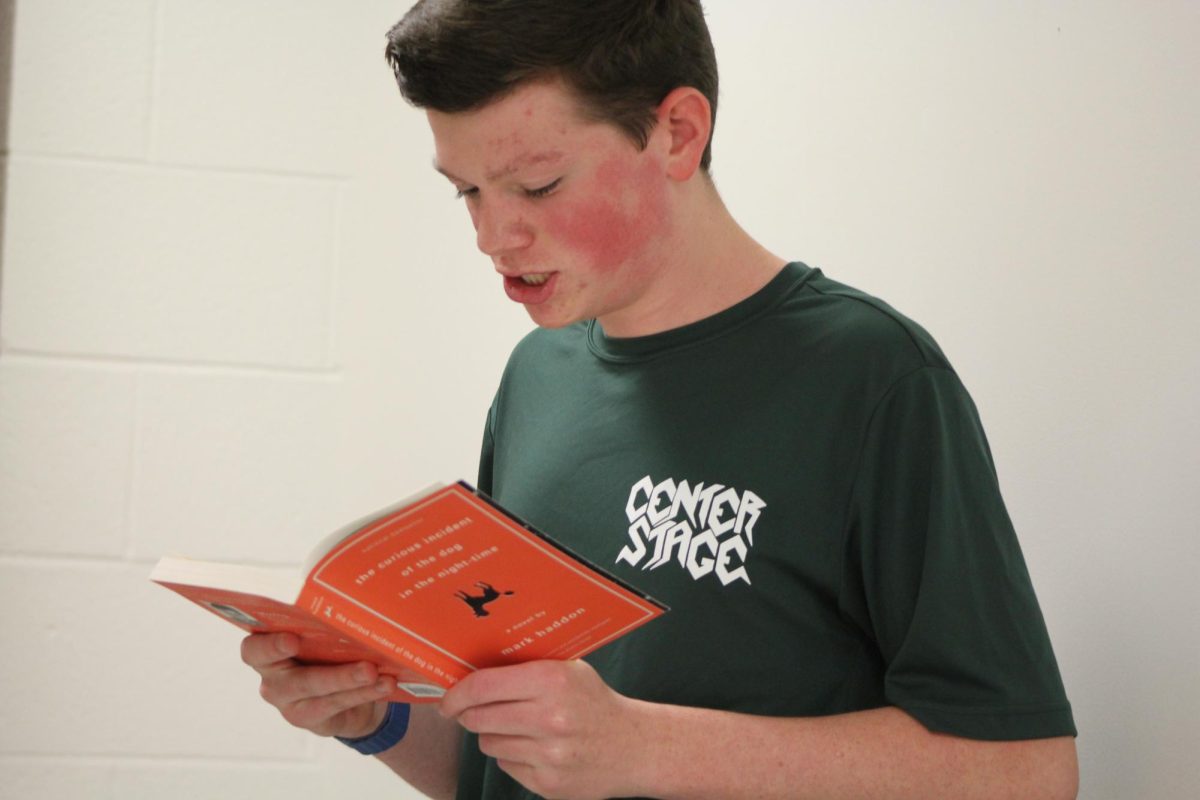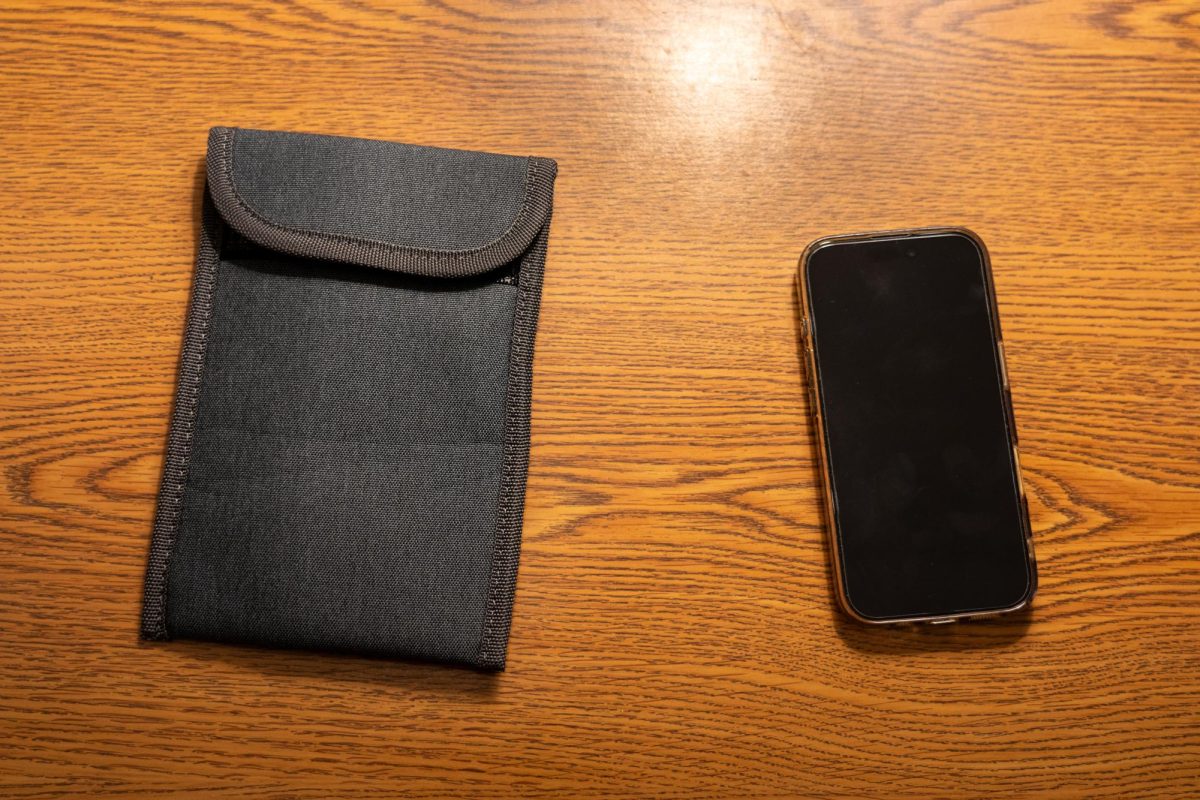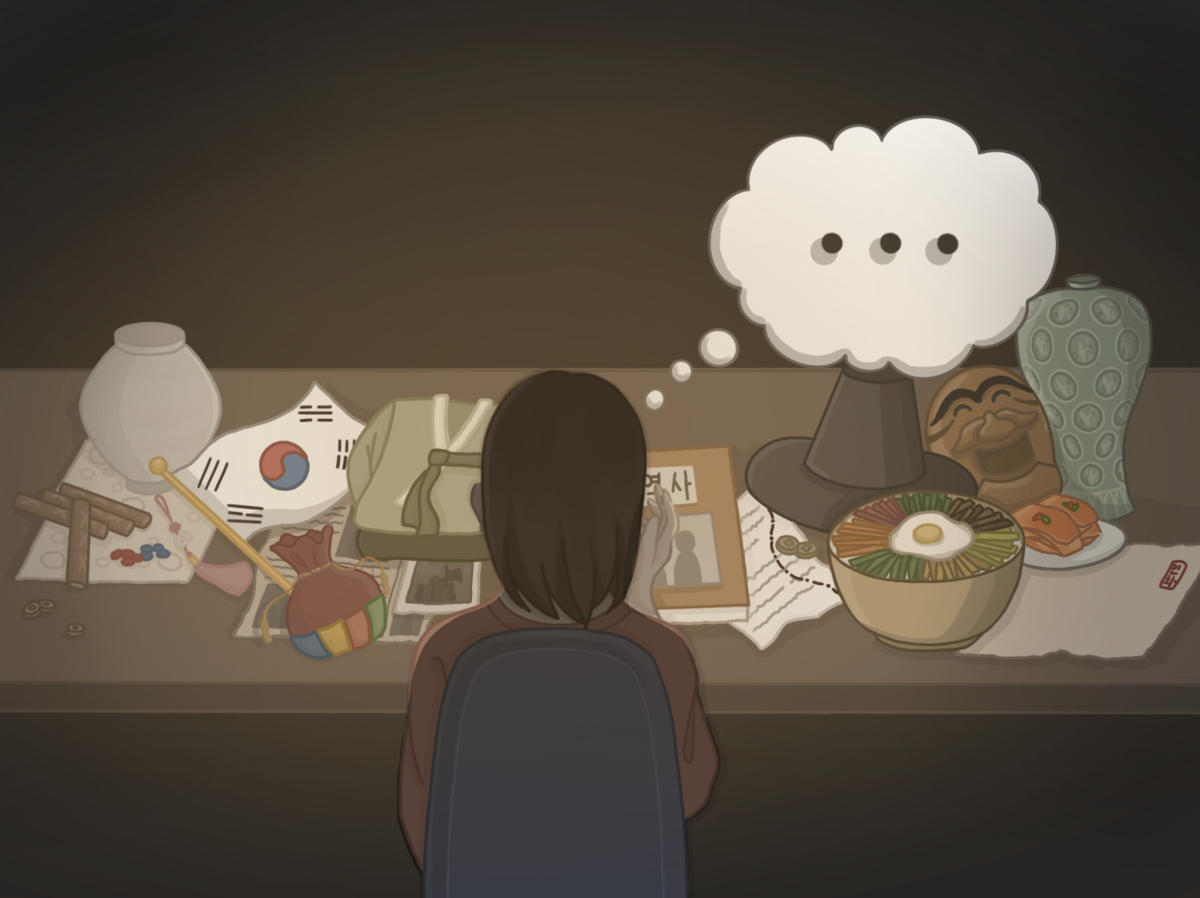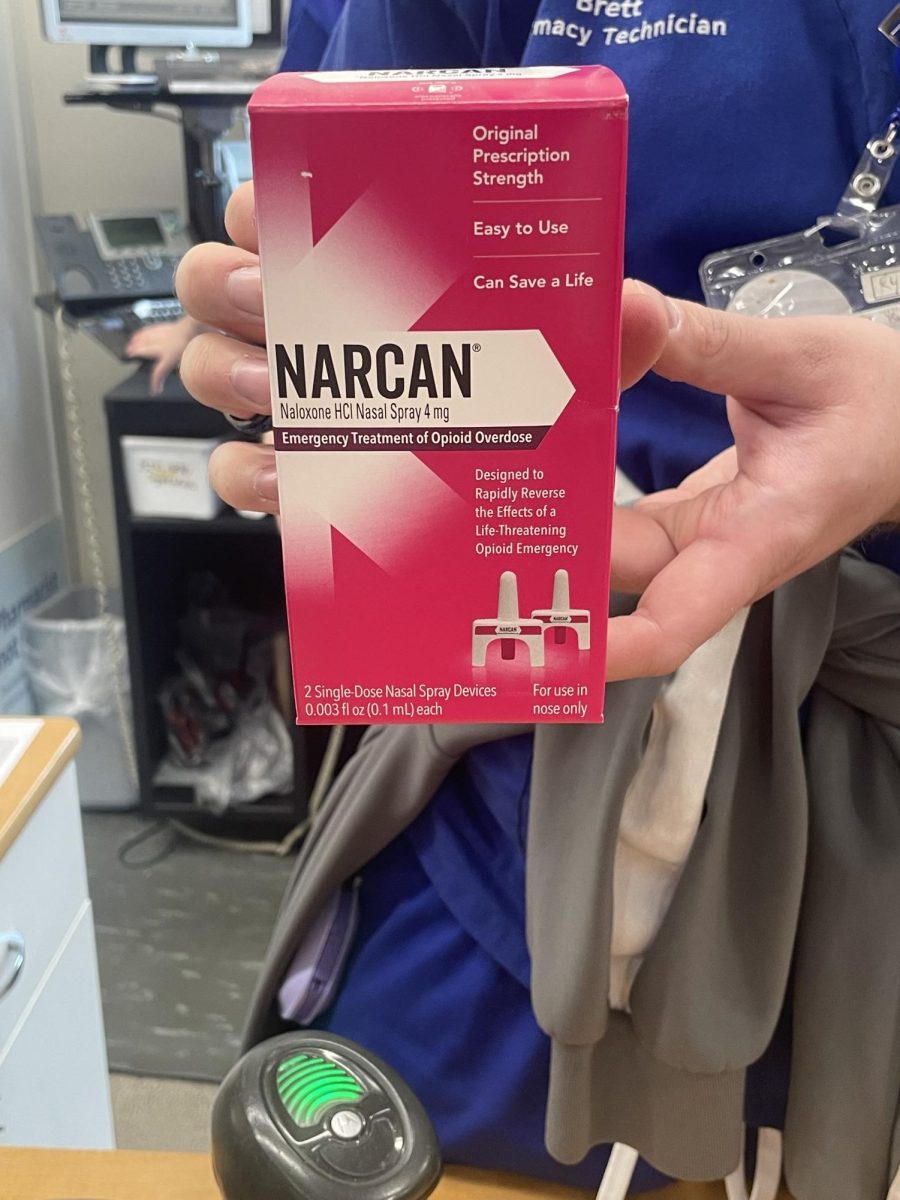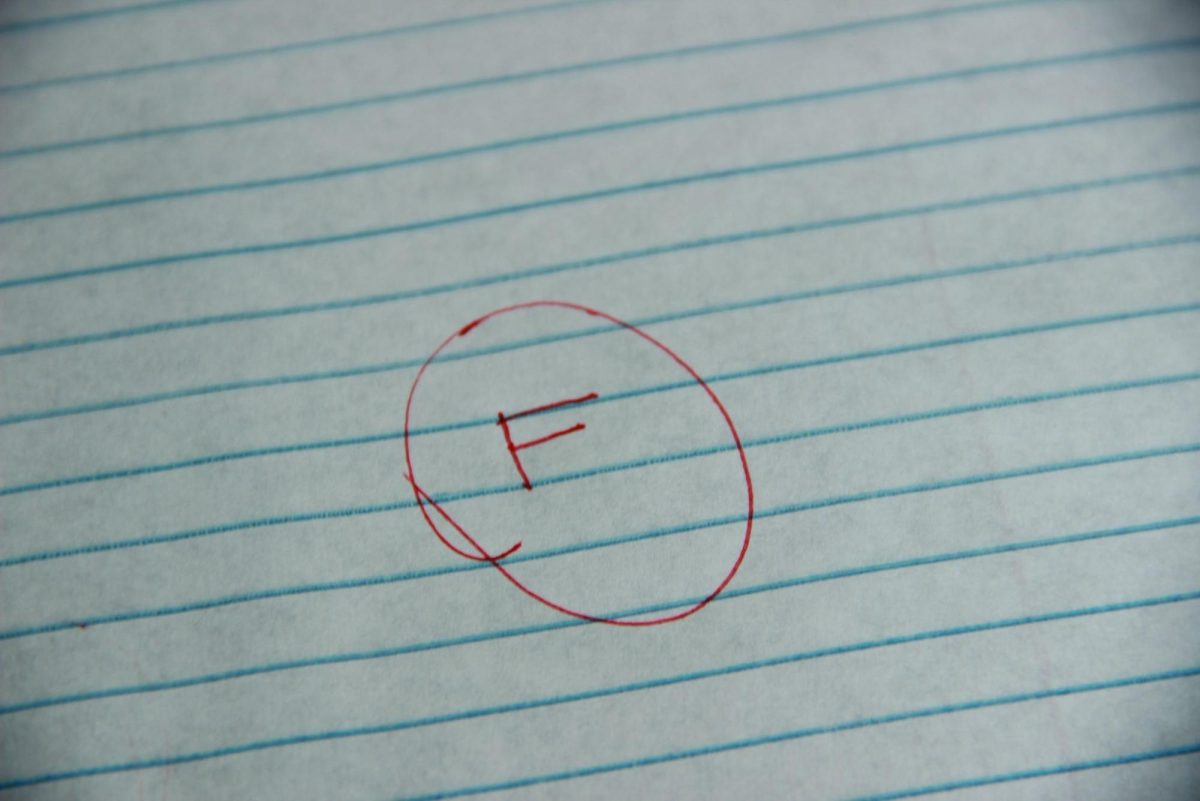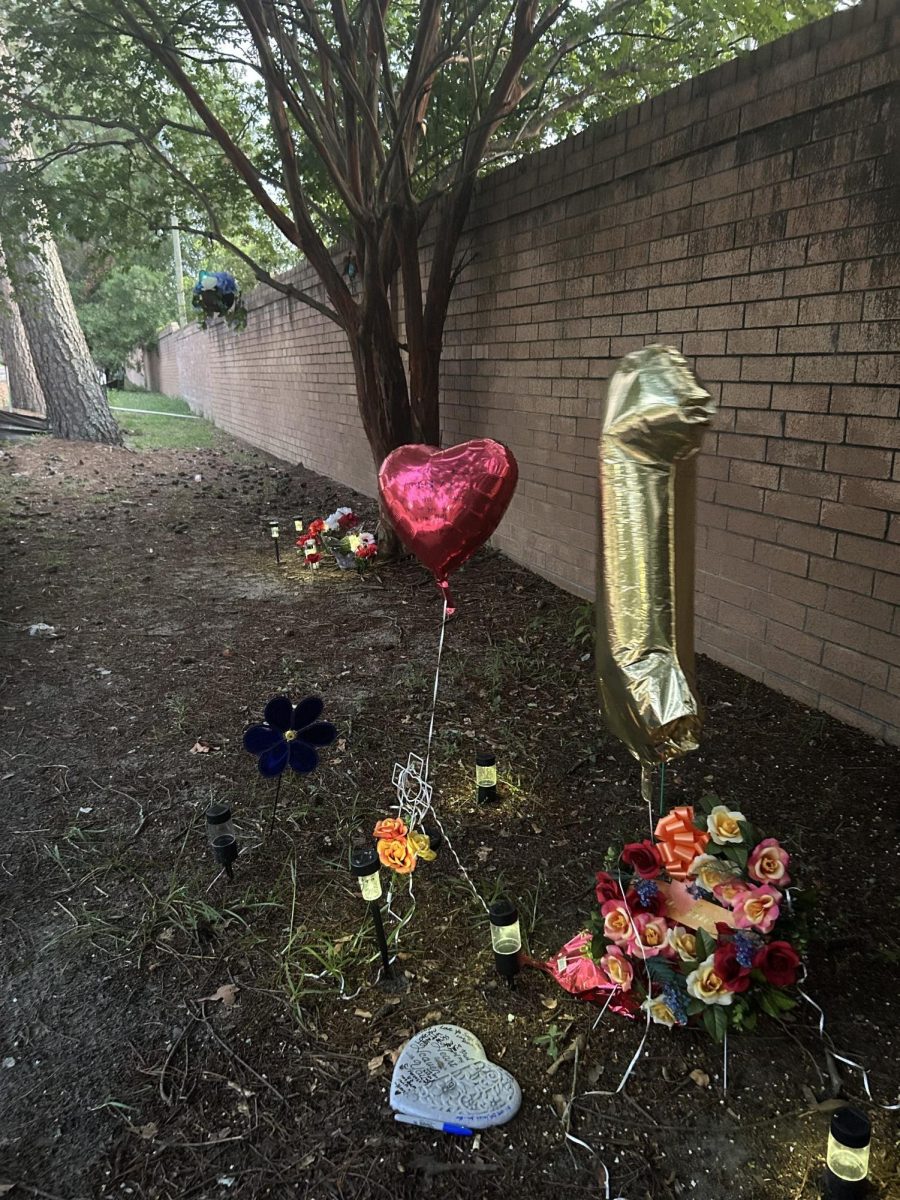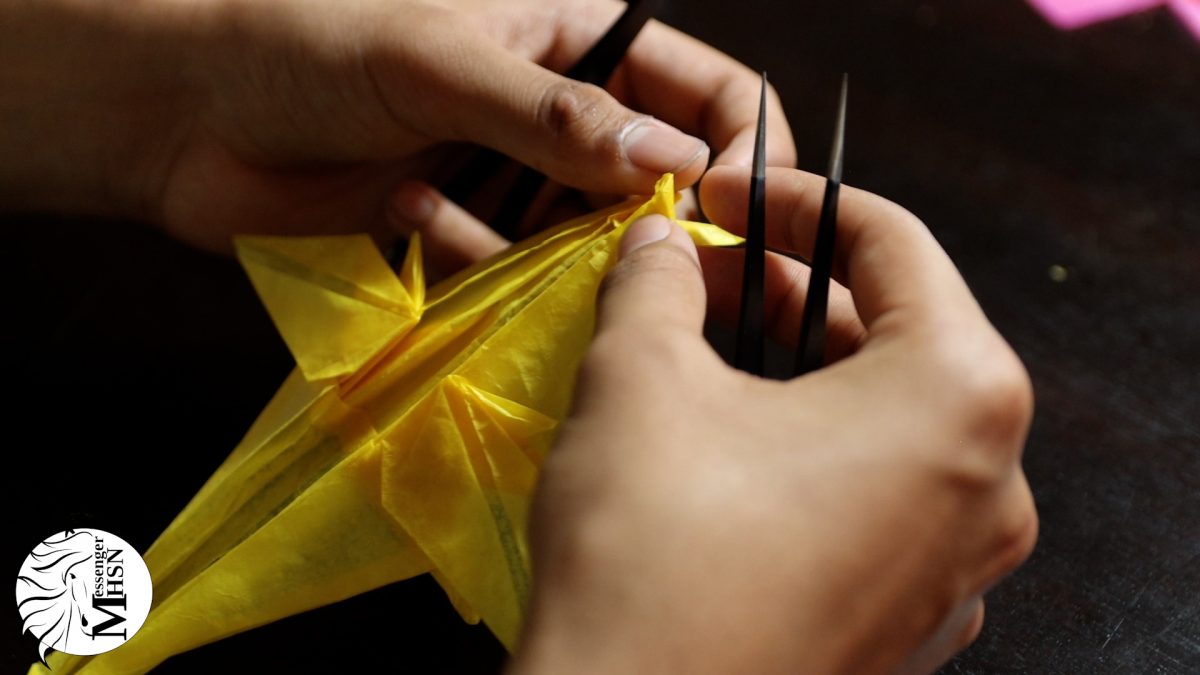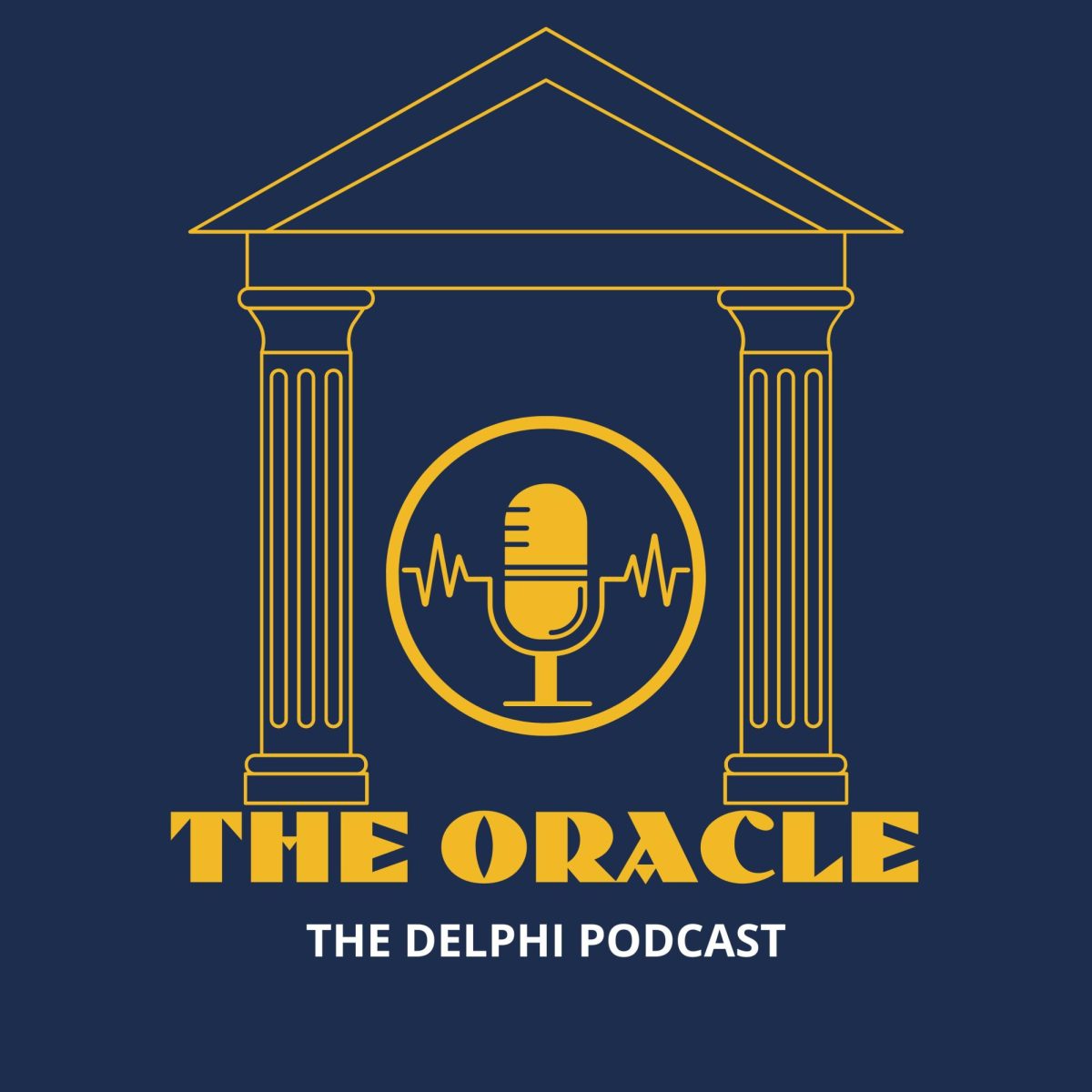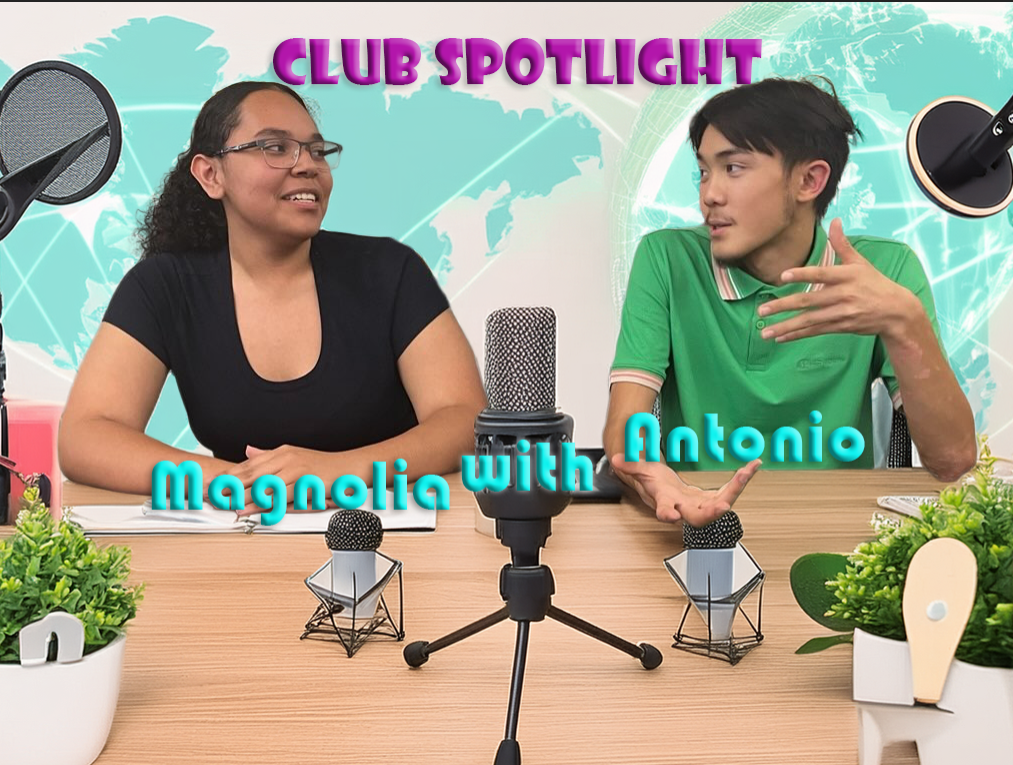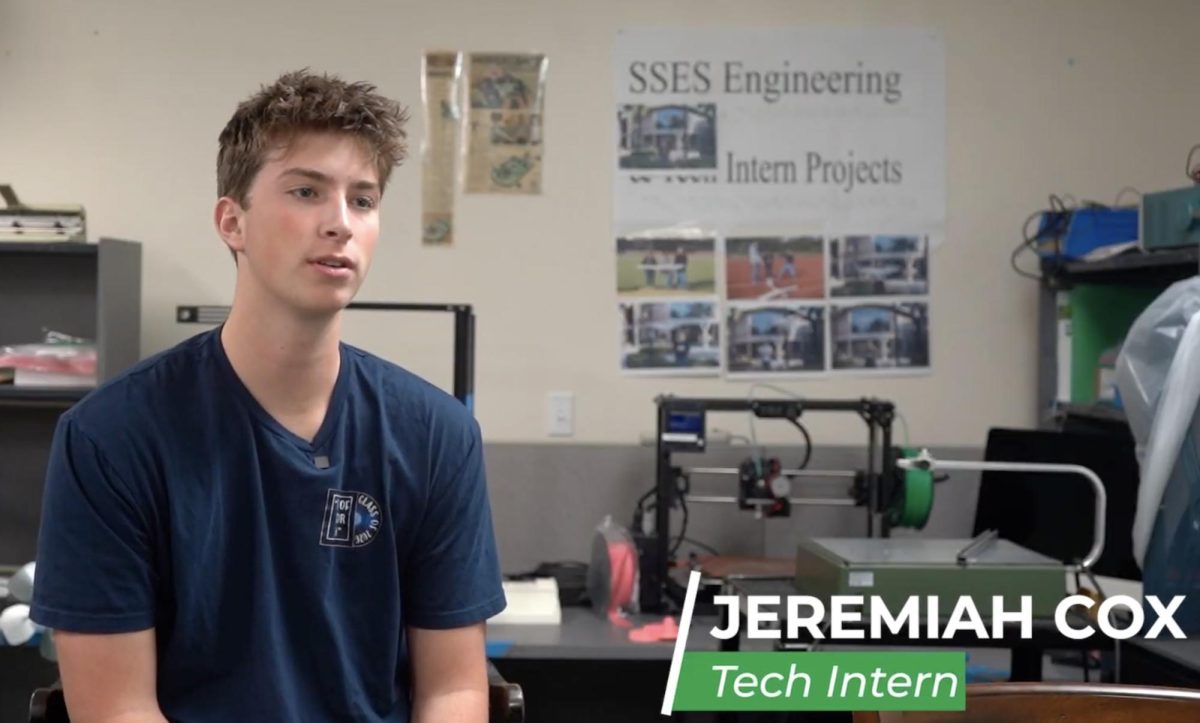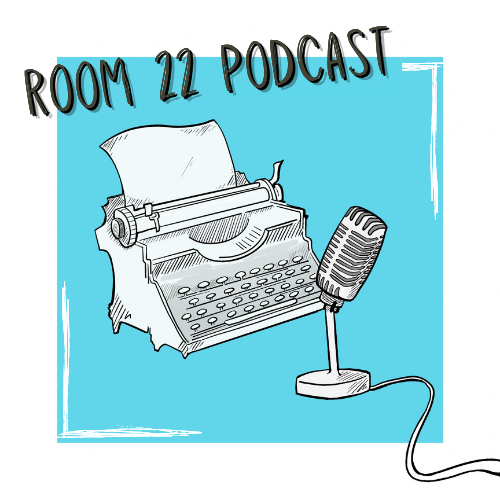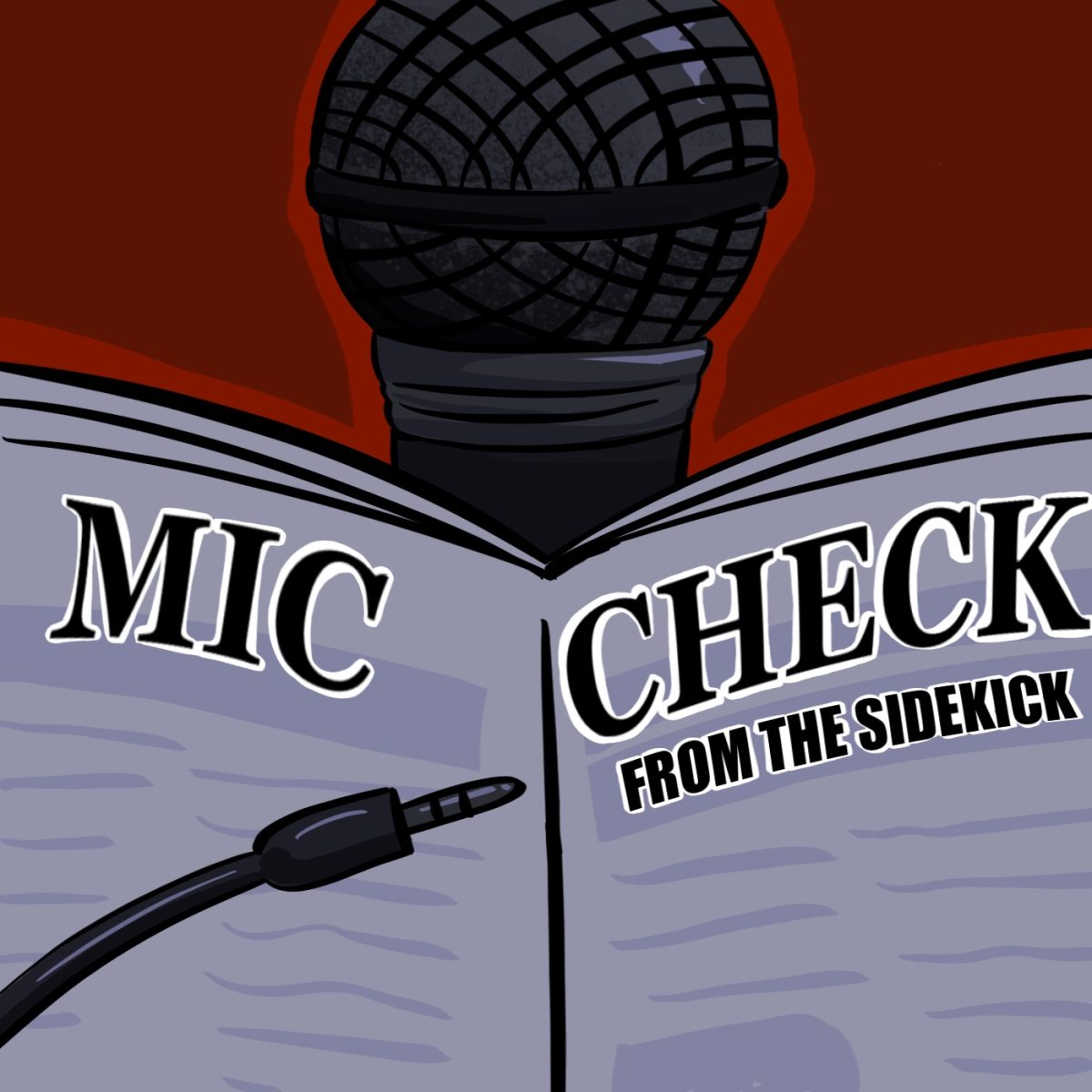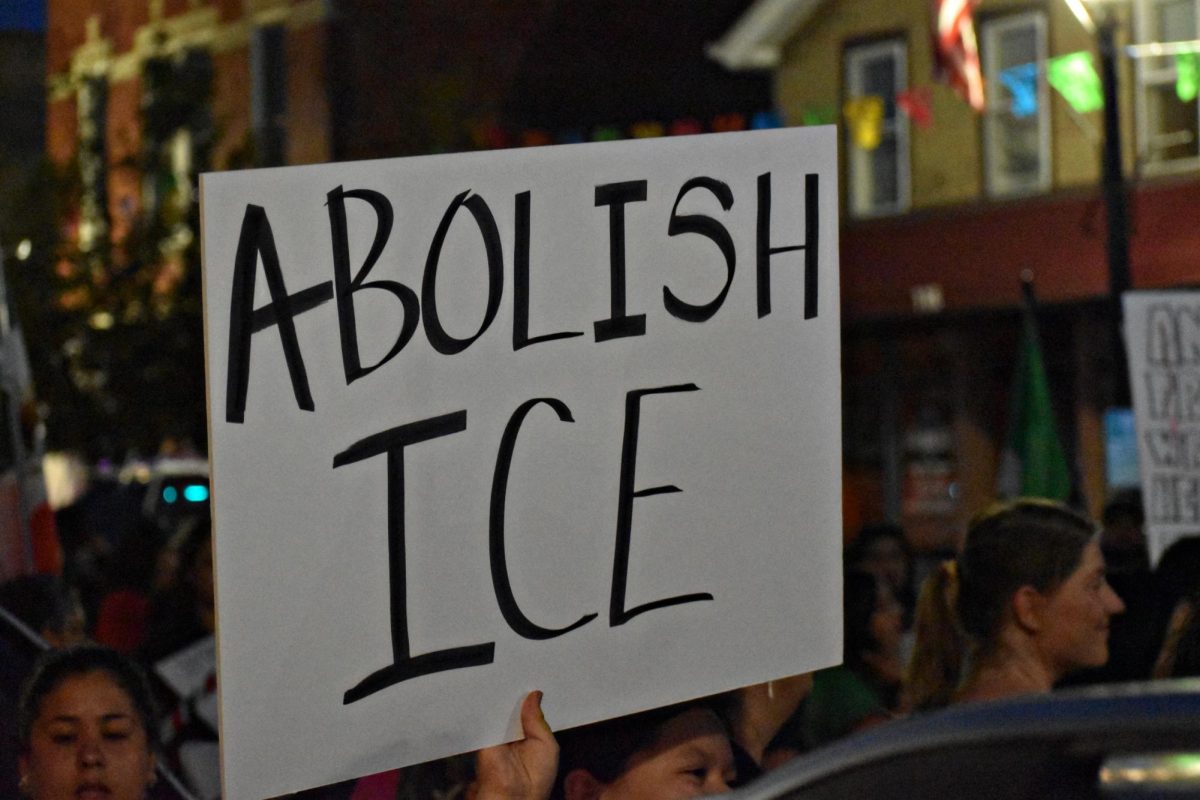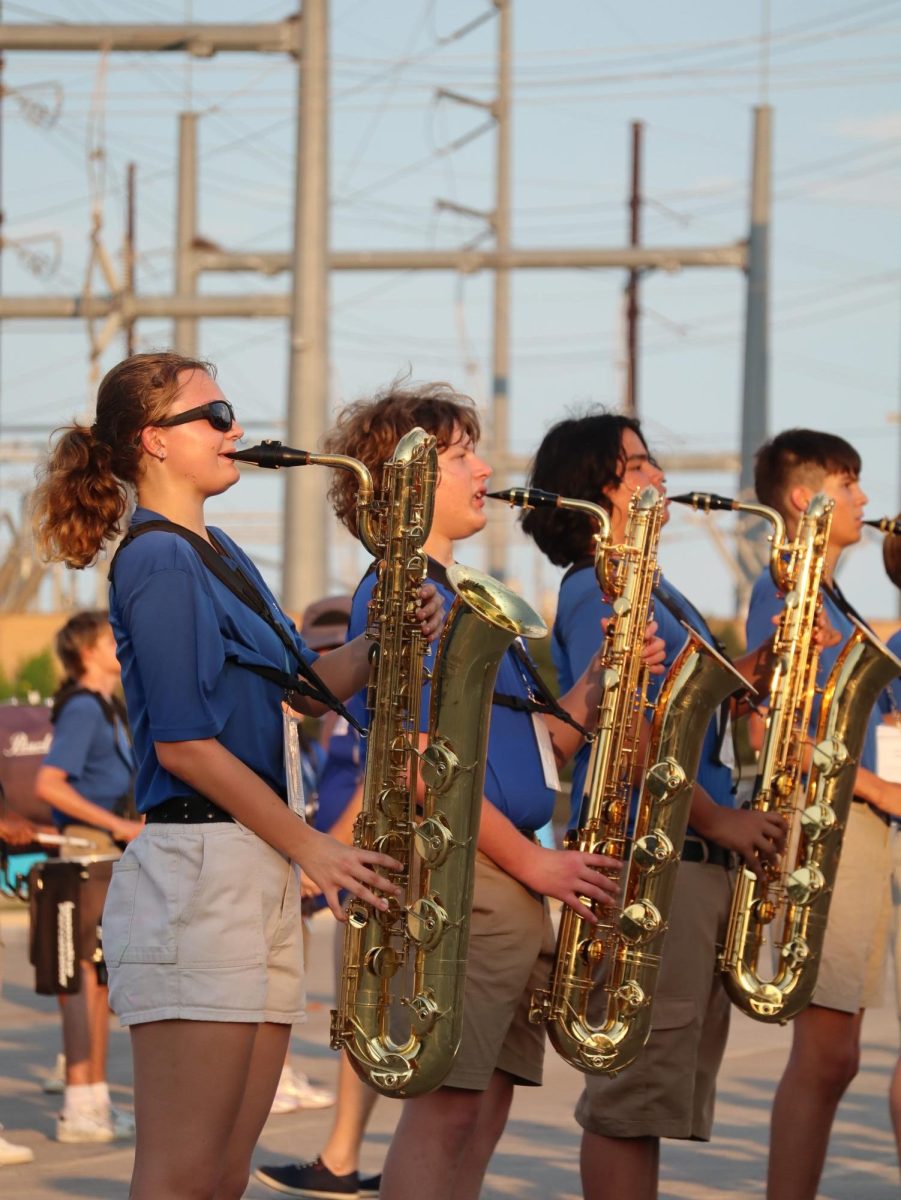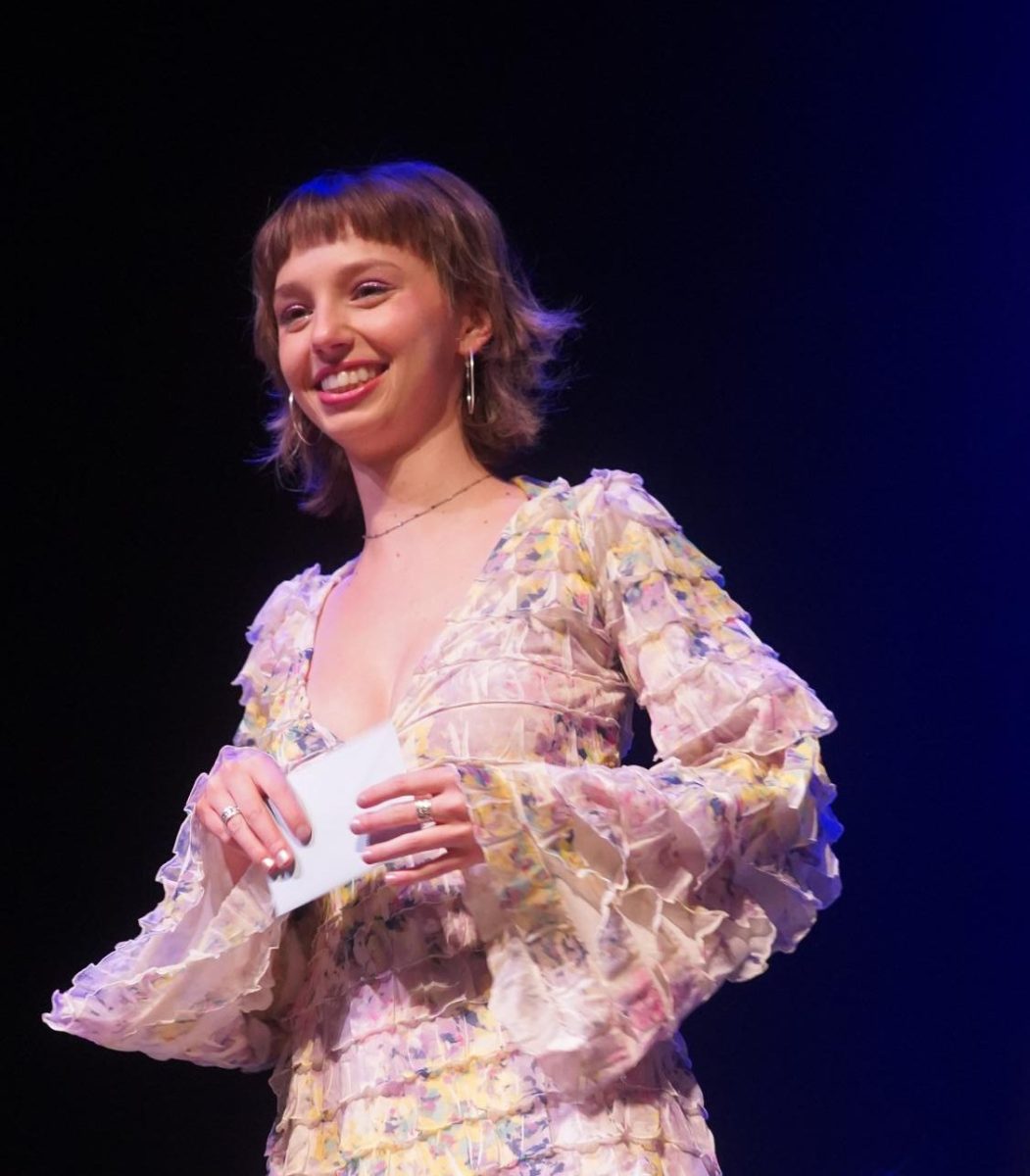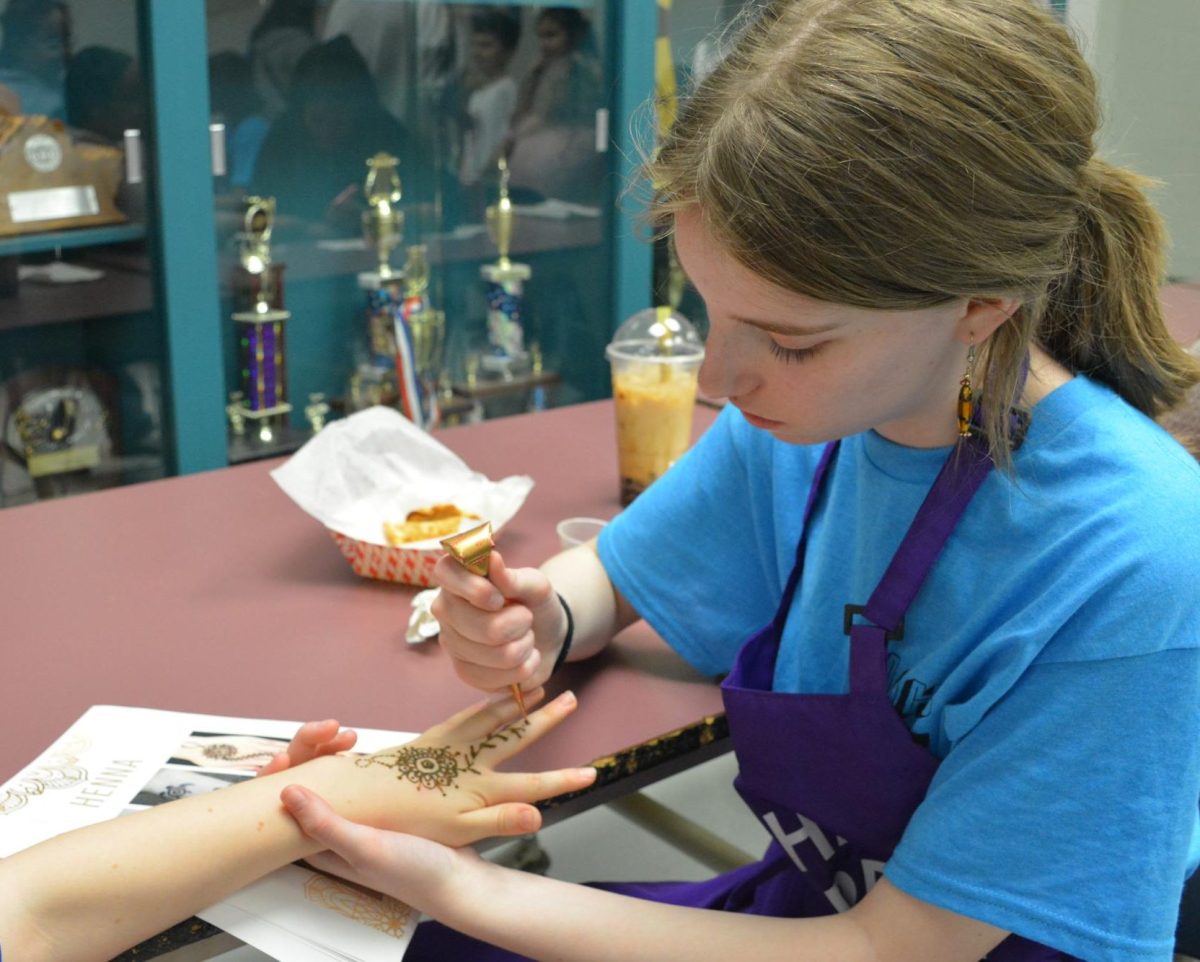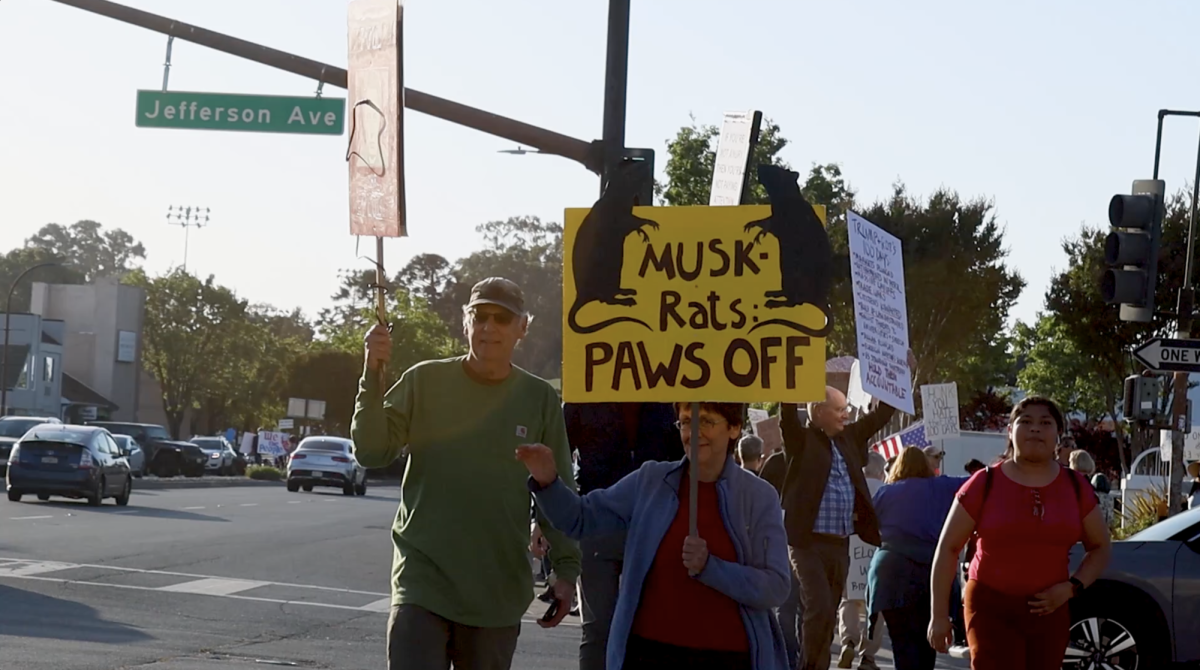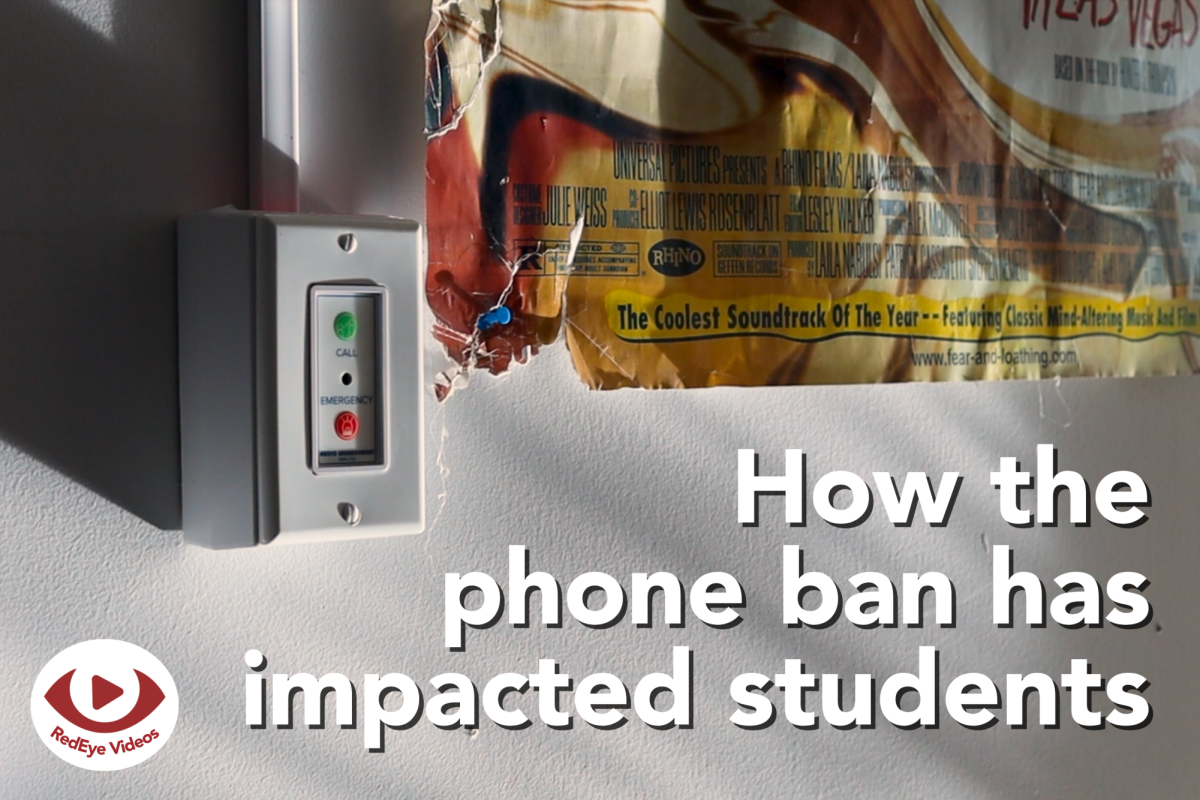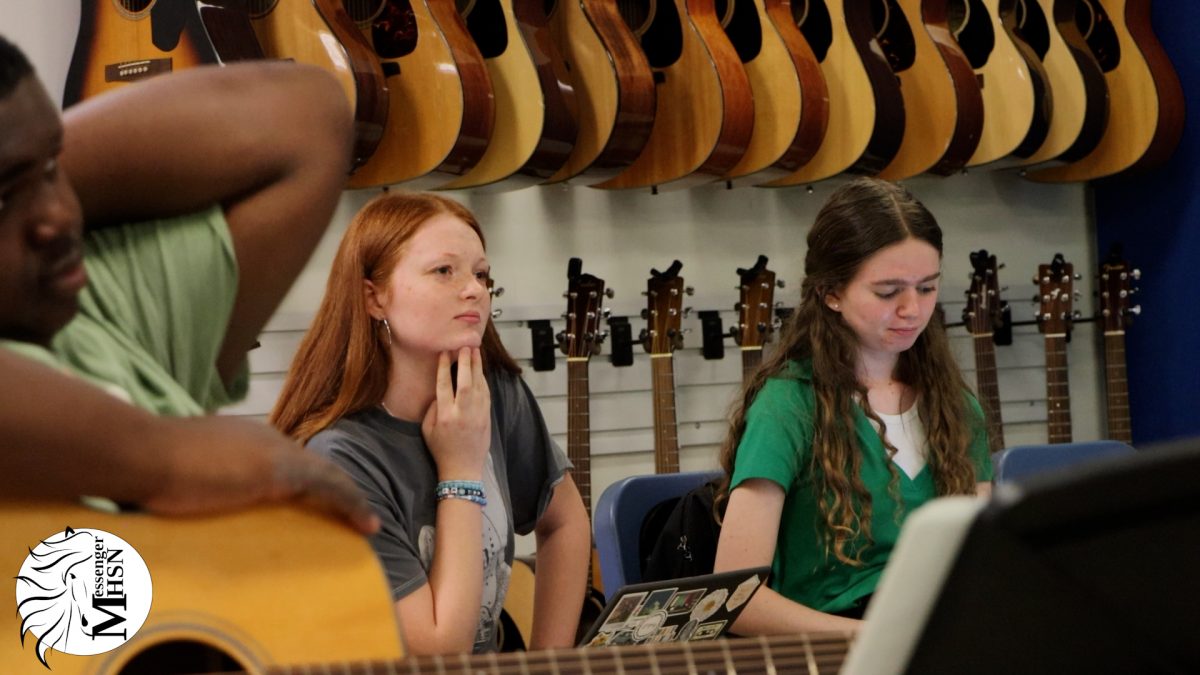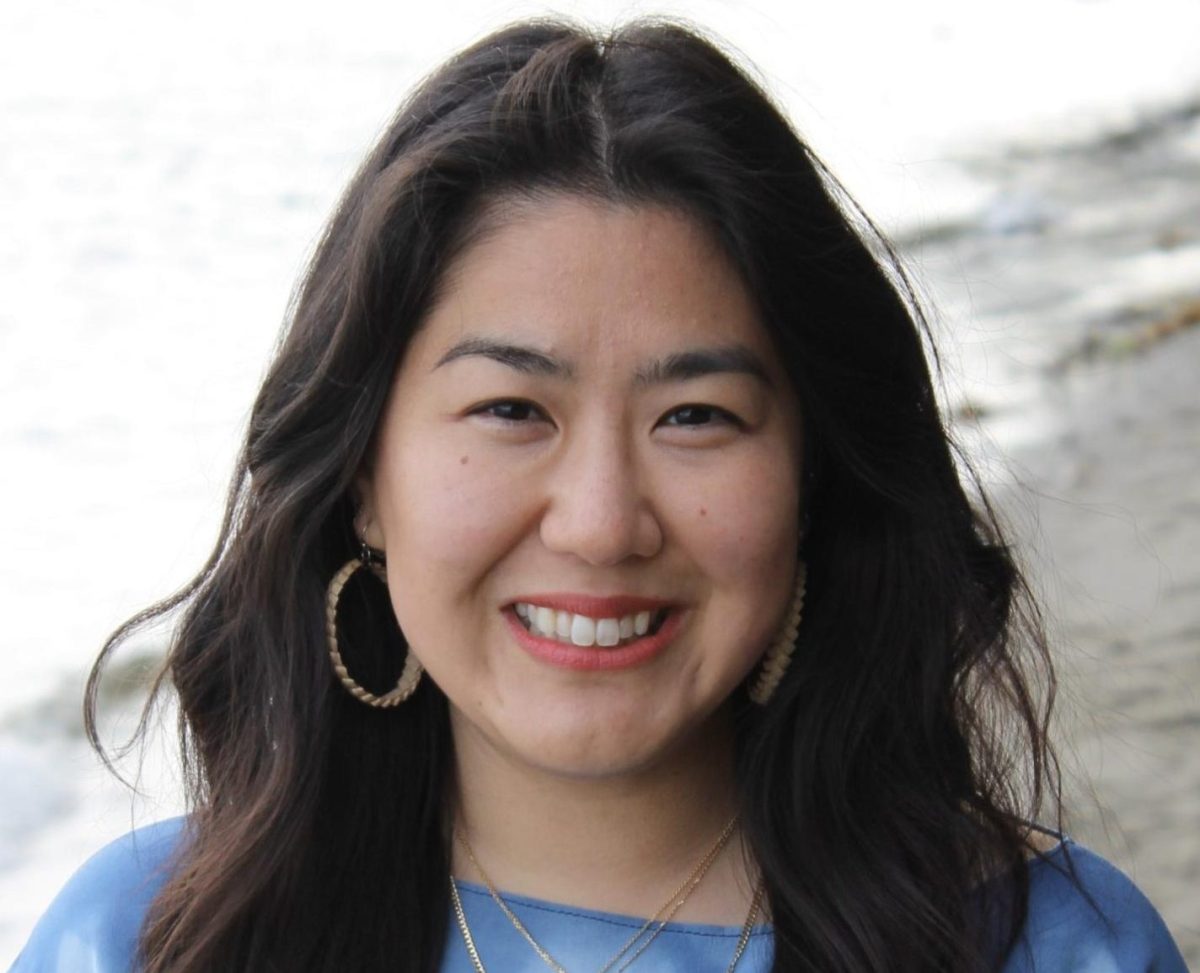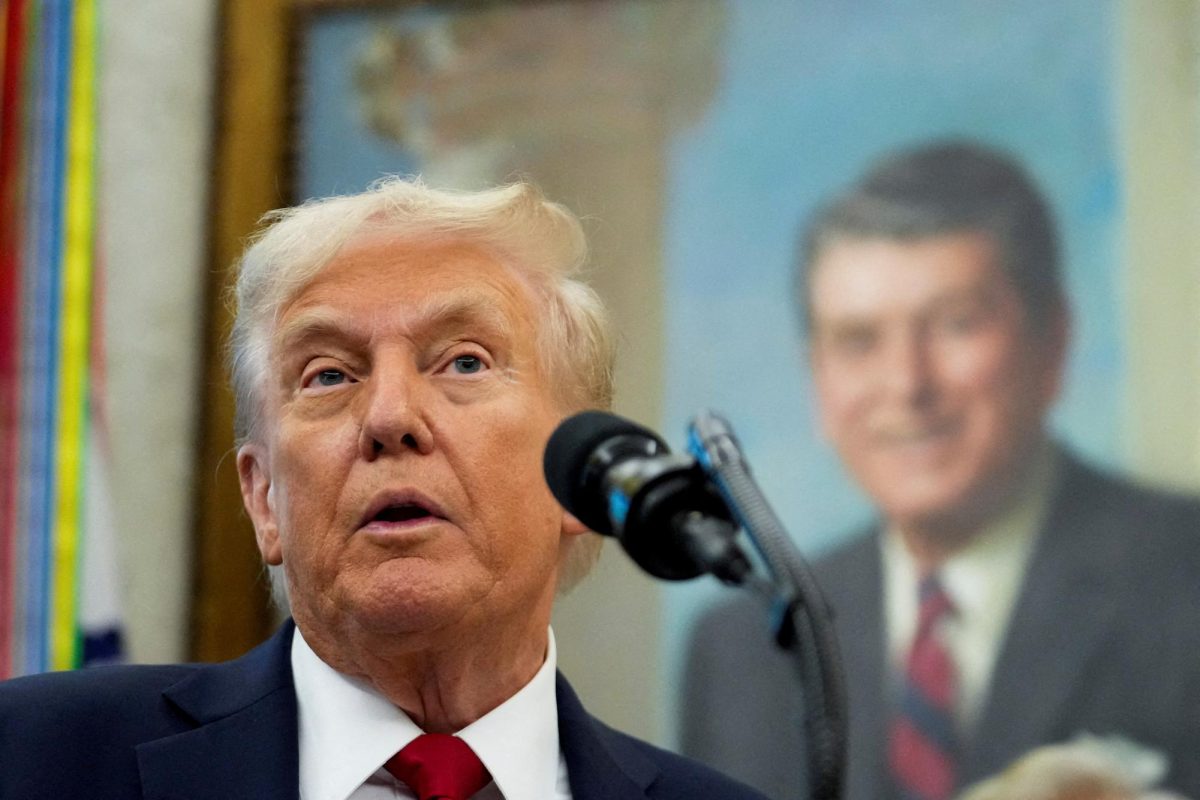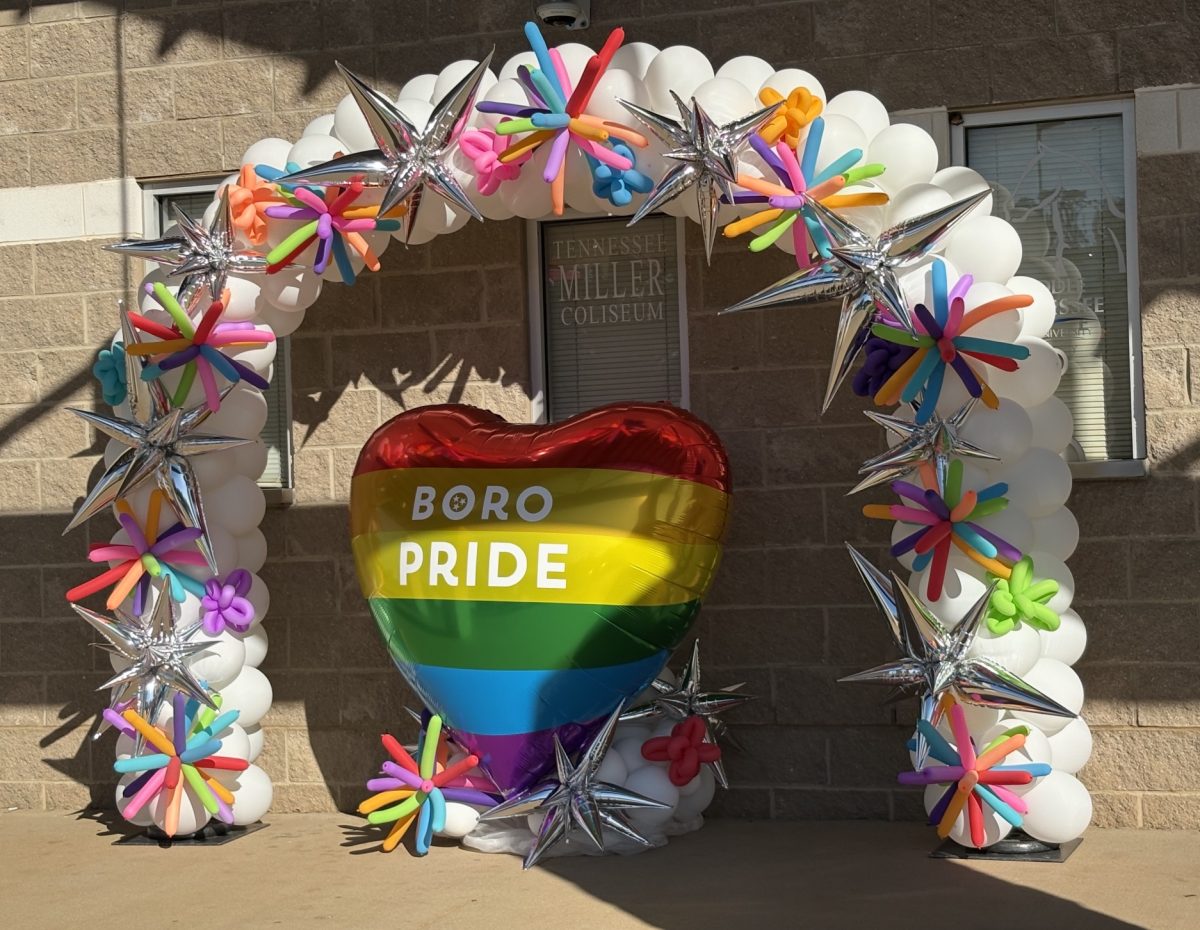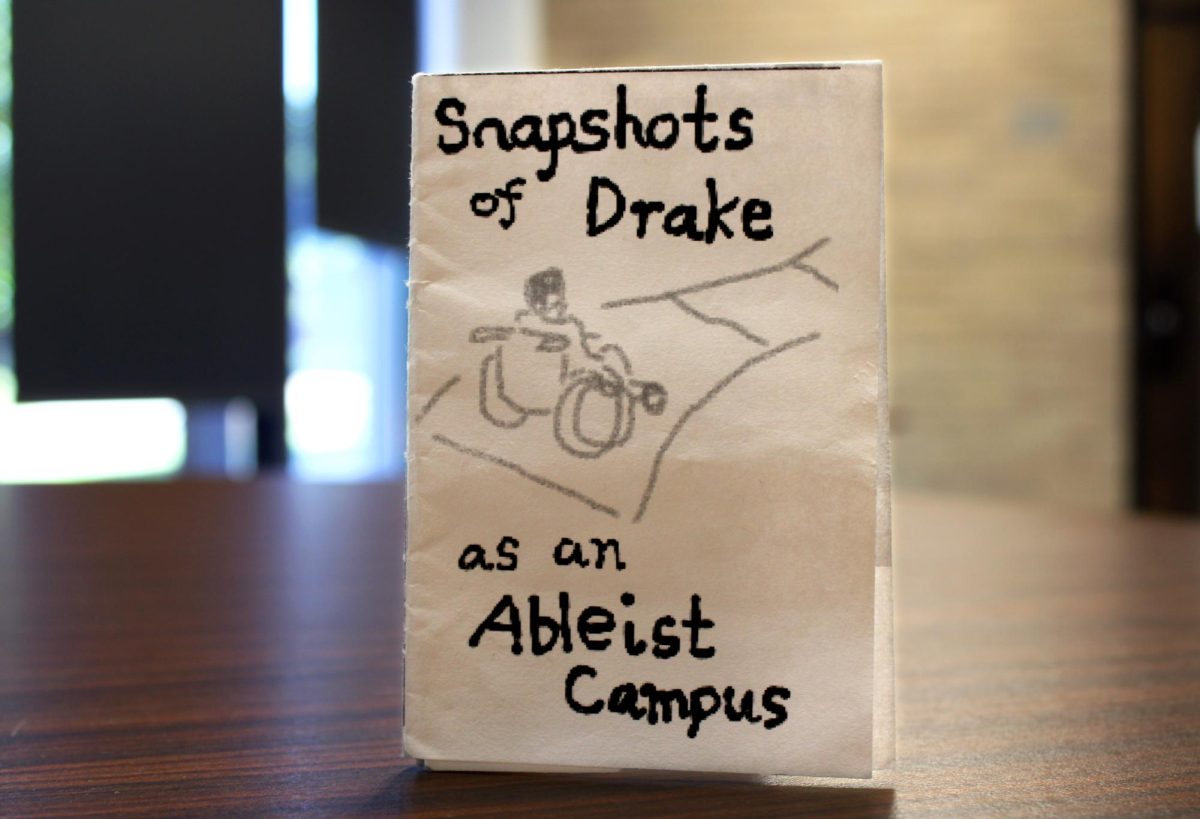
The final teaching demonstration in the Asian Americans in Education class began with a sheet of paper on each desk, with the poem “Hajichi: Tattoos and Diamonds is Forevah” printed on each paper. Lee Tonouchi’s poem, which won the 2021-2022 Tony Quagliano Poetry Award, is written in Hawaiian Pidgin and highlights Okinawan language, culture and life.
Students were curious as Cassie Miura introduced material about language discrimination, Hawaiian Pidgin and Okinawan Hajichi tattoos. The poem reflected Miura’s point of how cultural language is not considered “academic writing.”
“I’m interested in working with students in academic writing,” Miura said during a Q&A portion of the teaching demonstration. “Particularly with negotiating your relationship to advocating for and resisting academic language.”
Miura was officially named as the selected candidate for the role of distinguished chair of Nikkei Studies on June 17 and is one of three new faculty hires at San Francisco State University at the time of publication. This position was made possible through a $4.2 million endowment from the Henri and Tomoye Takahashi Charitable Foundation, and is the first endowed chair in the College of Ethnic Studies, which comes amidst a hiring freeze, ongoing budget cuts and faculty layoffs.
During the candidate selection process, Russell Jeung, professor in the Asian American Studies department, noted that the hiring committee was “looking for people who can bridge Nikkei studies to other marginalized communities.”
“I feel a responsibility with this faculty position, knowing that a ton of faculty will be cut, and leverage this opportunity to fundraise for ethnic studies efforts to bridge our multiracial communities to teach about the issues that we’re all facing,” Jeung said. “DEI across the nation are under attack, so this position… will be a strong supporter of ethnic studies and diversity.”
Miura is a fourth-generation Japanese American, also known as Yonsei. She is Okinawan and Japanese American, and brings her Okinawan heritage into her classroom. According to the announcement, she will be responsible for “advancing the awareness, understanding and appreciation of Japanese American experiences.”
Miura taught at the University of Washington Tacoma for 8 years and is coming from a position as associate teaching professor in culture, arts and communication, a division of UWT’s School of Interdisciplinary Arts and Sciences. Her curriculum is centered around her Okinawan heritage, as well as linguistics and language differences in relation to academia and Asian American history.
“In the teaching demo, I did talk a lot about linguistic justice, and because I grew up speaking Hawaiian Creole or Pidgin English — at least at home — that’s a big part of my teaching across different areas,” Miura said. “So whether I’m teaching Japanese American or Okinawan American literature, or thinking about Asian American rhetoric, or thinking about language and literacy education, I think language difference is always central to my work.”
Miura also described how her teachings around linguistic capital include learning about Uchinaaguchi, the indigenous language of Okinawa, one of many languages that has been subject to censure and erasure. One key takeaway from the teaching demonstration she gave was about language discrimination against Hawaiian Pidgin, which was heavily stigmatized and prohibited in schools due to the Hawaii State Board of Education’s 1987 Standard English and Oral Communication Policy.
“I’m interested in interrogating the canons of Asian American Nikkei literature and understanding the role of Okinawan American voices in that existing work,” Miura said.
Her vision for Nikkei Studies focuses on the growth of the department over time, where Nikkei is a changing term that expands over time with different critical contexts.

Outside of literature and linguistics, Miura is eager to incorporate her love for textile arts into her critical pedagogy, which she draws from her family’s history of sewing.
“This goes back to the plantation days when my great-grandma operated a tabi-making business,” Miura said. “All the women and men in my family would help make those, and my godmother on Kauai taught me how to sew by hand as a child. I really enjoy all kinds of Japanese textile arts…”
Wesley Ueunten, chair of the Asian American Studies department, said one of his hopes for Miura’s Nikkei Studies course is that this position encourages scholars to work around art, literature and performance, as well as to incorporate indigenous Japanese Americans into the conversation. He believes that Miura is at “the cutting edge of the Nikkei stage.”
“I don’t want Nikkei Studies to be ‘stuck in time’ with an old framework and not taking into account developing identities,” Ueunten said. “There are other Japanese minorities left out of Nikkei Studies, Korean minorities in Japan, Chinese minorities in Japan and other indigenous folks.”
Tanya Velasquez, interim vice chancellor for equity and inclusion at UWT and a former colleague of Miura, spoke about Miura’s past curricula that highlighted multicultural lived experiences.
“Many students were moved by the readings she assigned; many were reading for the first time about their own history and heritage,” Velasquez said. “They were reconnecting with their own identities and giving a sort of pride of who they are, who their family are, many shared their stories, testimonies and reflections. Some cases, Okinawan, some cases, Filipina, some cases, Vietnamese. They learned what it meant to have their personal histories in the curriculum.”
According to Velasquez, Miura’s work at UWT contributed to “an increase in curriculum offering and increase in interest” as well as helped to connect with local community partners. Miura described the term “Ichariba Chode,” which is the idea that when you meet someone who is also Okinawan, you become family.
“There’s a way where that concept can be expanded to think more about cross racial solidarity in Asian American Studies more broadly,” Miura said, referring to Ichariba Chode. She referenced Viet Thanh Nguyen, a Vietnamese American writer, and his writings on Palestine as a way to understand intersecting histories and experiences.
This semester, Miura will be teaching AAS 330: Nikkei in the United States and AAS 338: Okinawan American Heritage and Culture.
“Having this type of endowment ensures that we do have faculty, ensures that we will be able to continue teaching about Japanese Americans,” Jeung said. “I think it will strengthen the college because we will have another full-time faculty member pertaining to Asian Americans and pertaining to communities of color as a whole.”
Editor’s note: This story was updated to correct a course title and omit an incorrect author’s title.
Editor’s note 2: This story was updated to correct information about new faculty hires.
This story was originally published on GoldenGateXpress on August 24, 2025.

